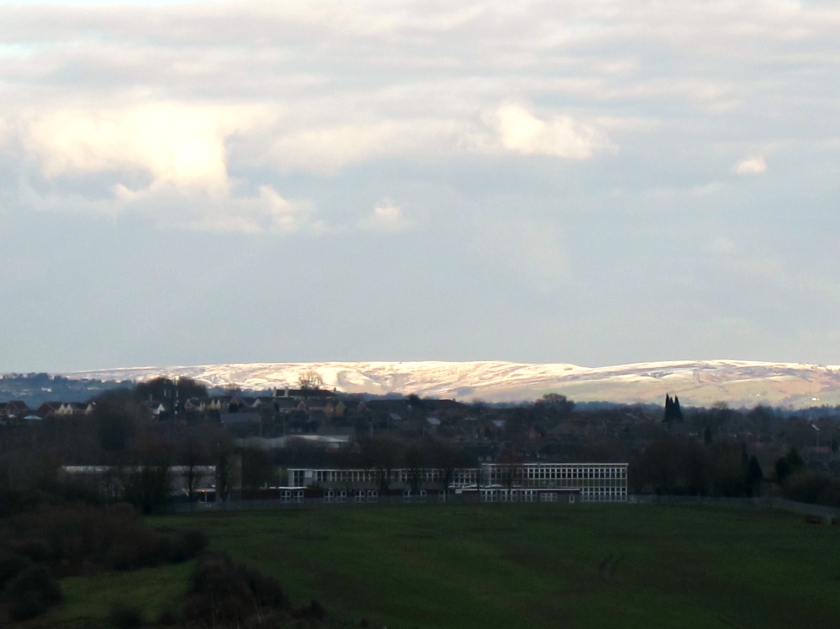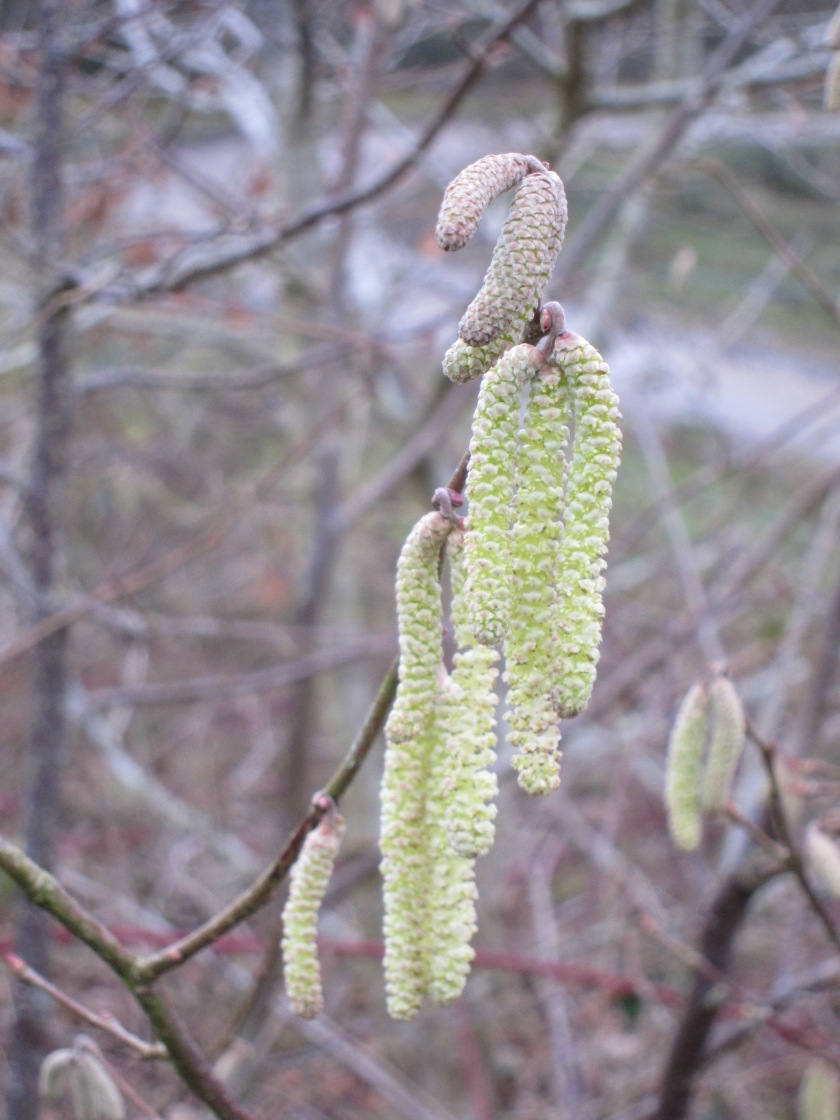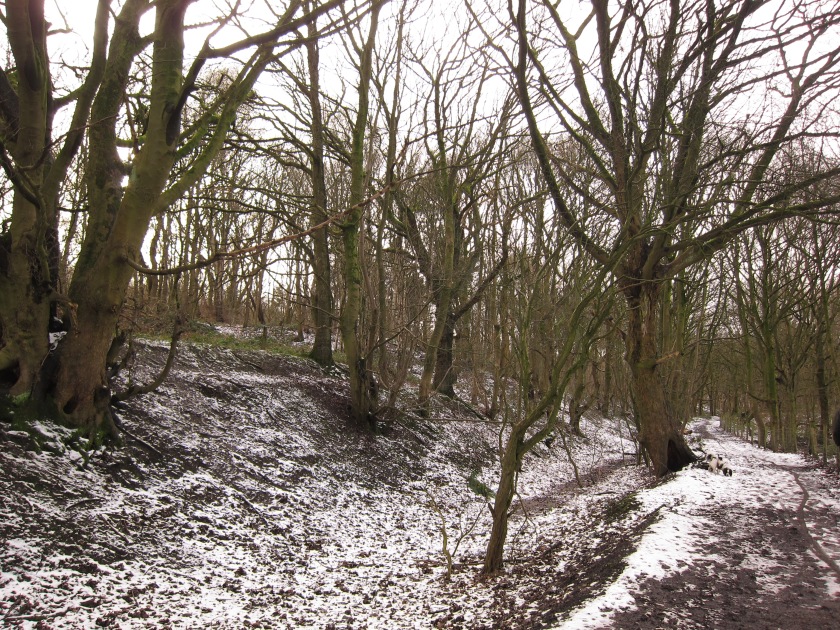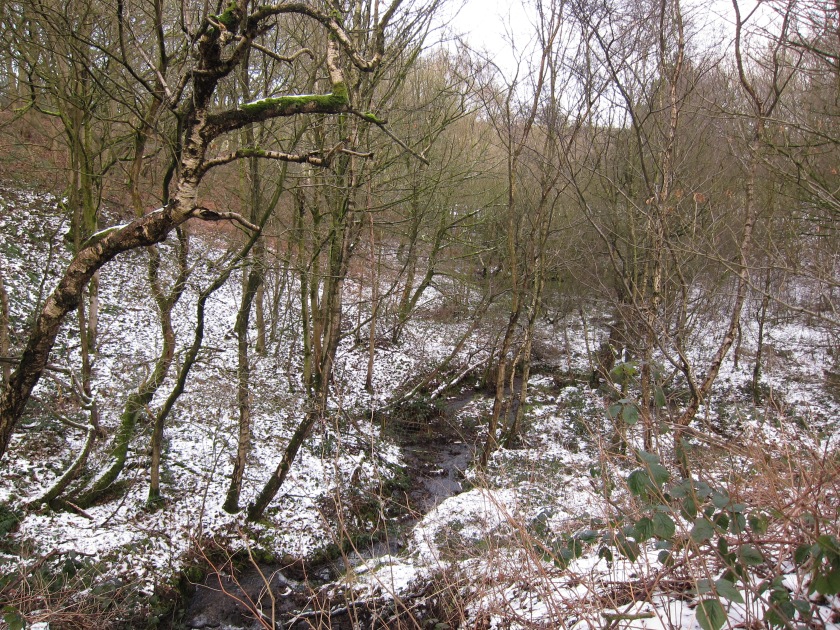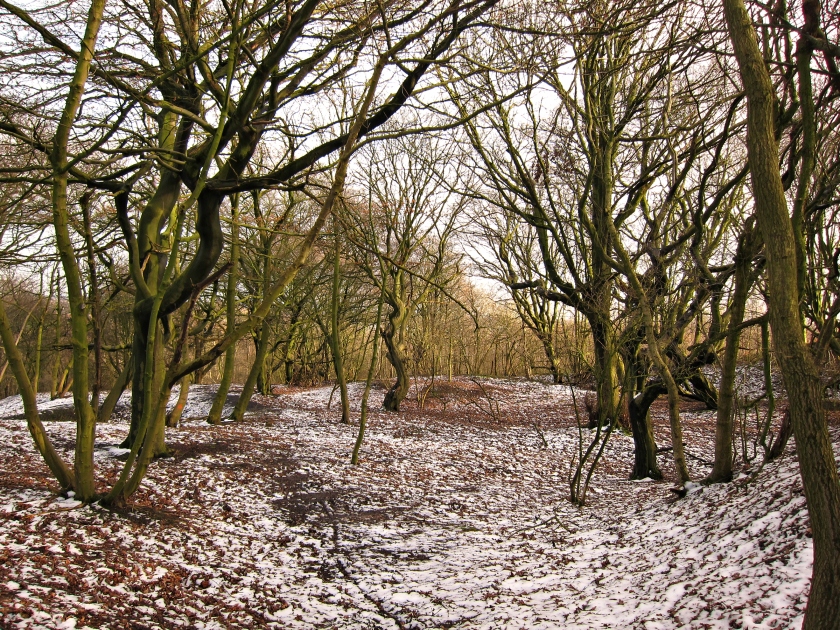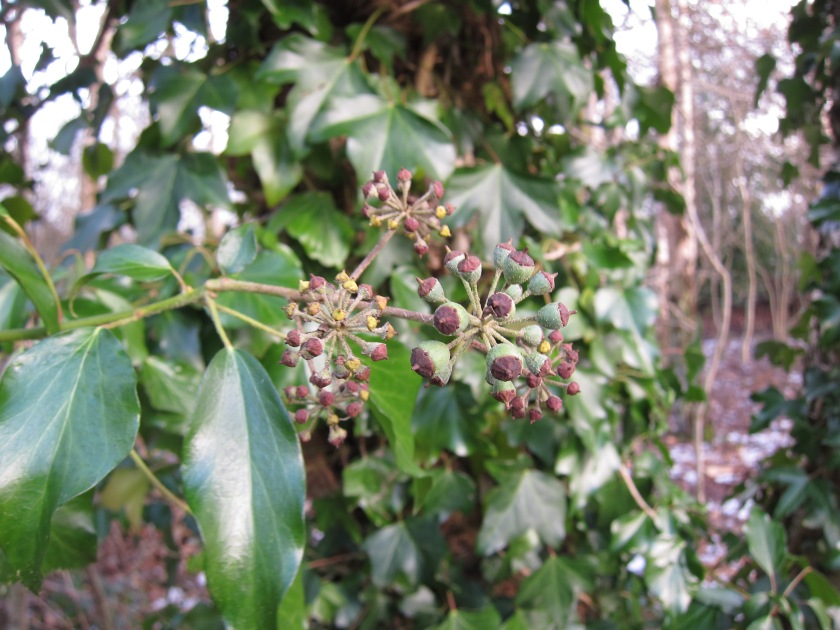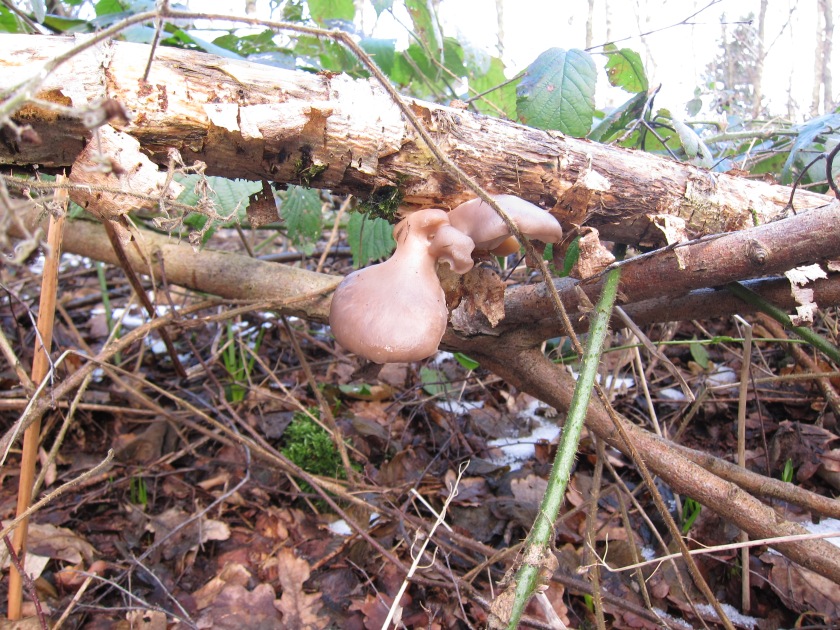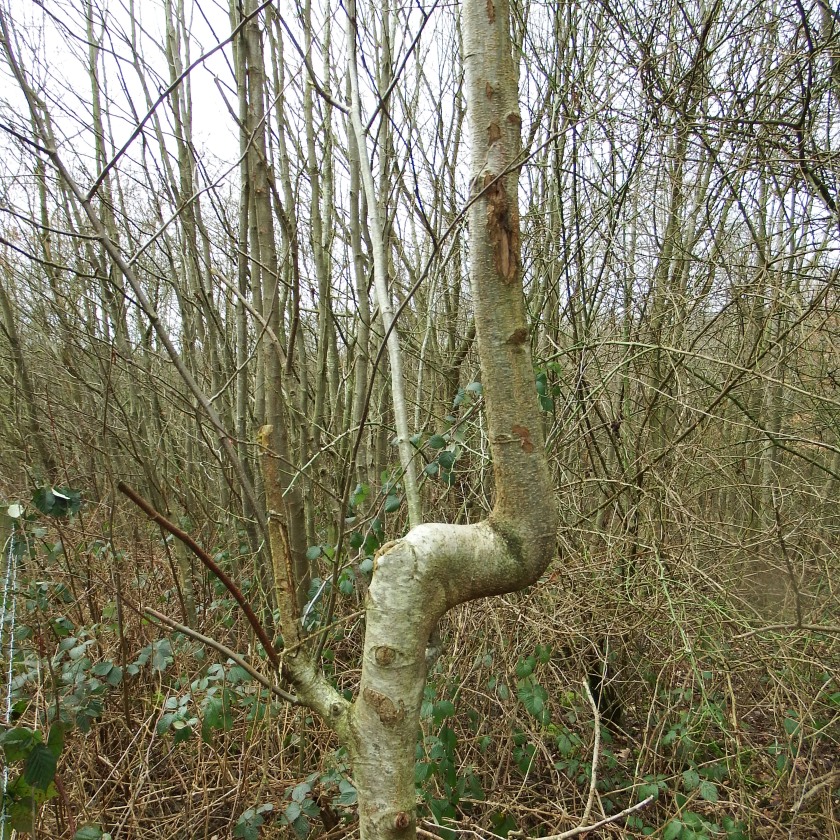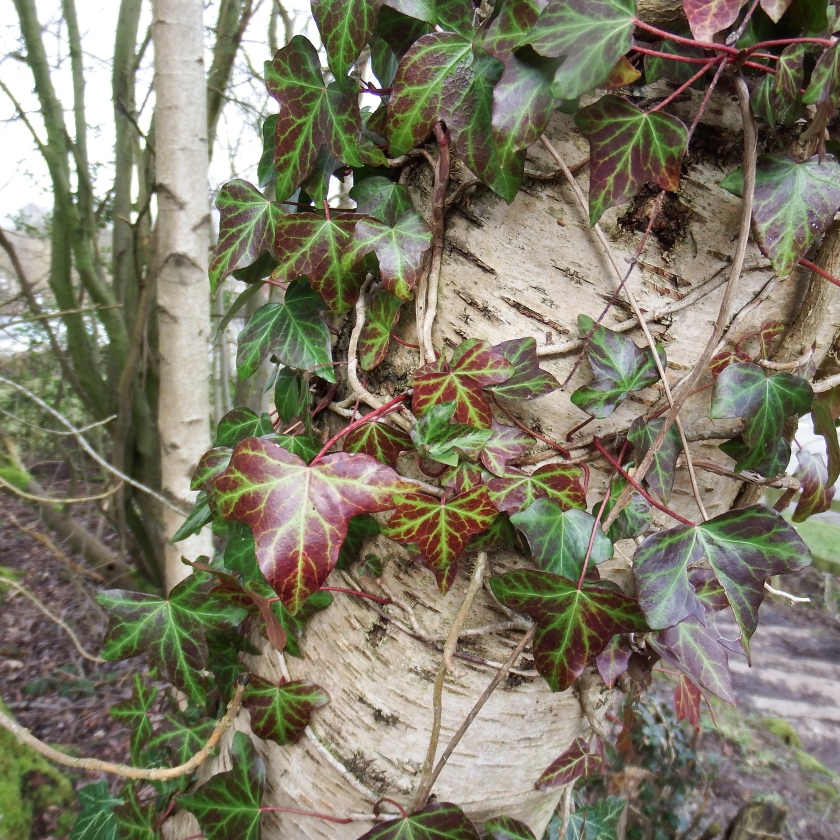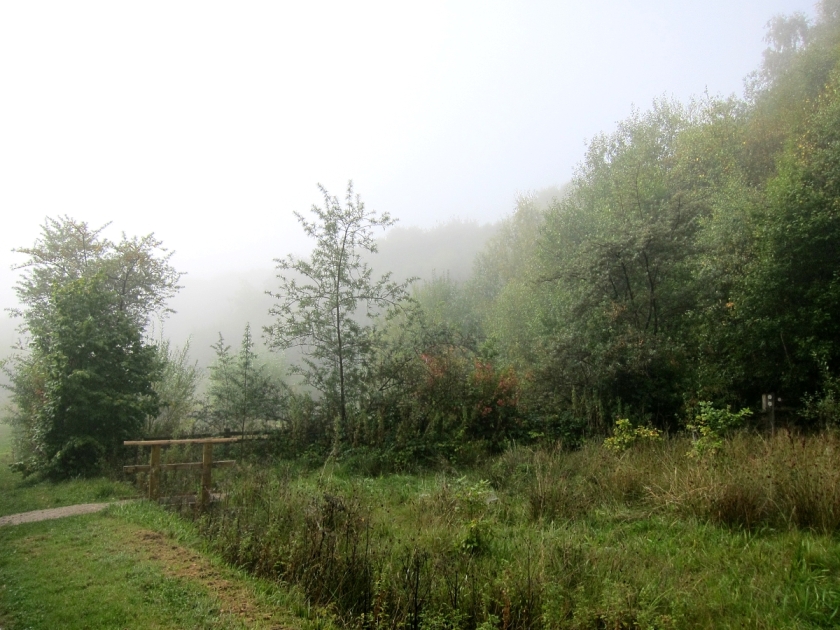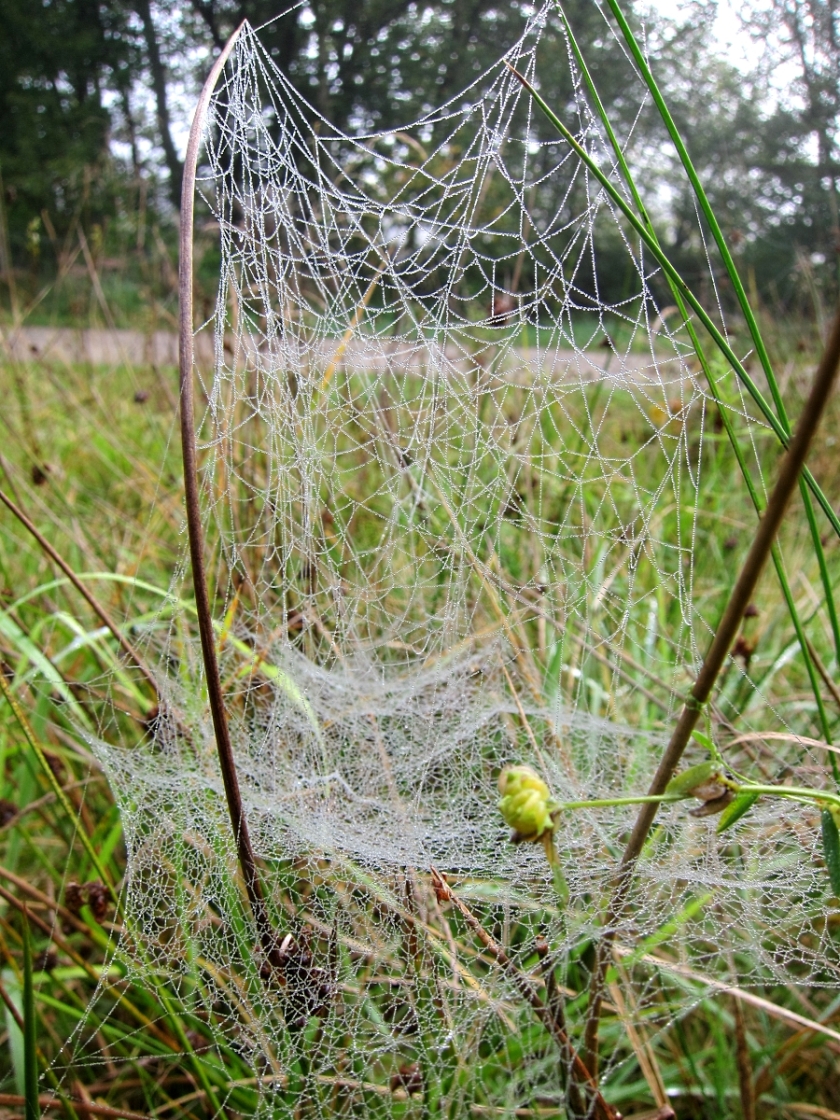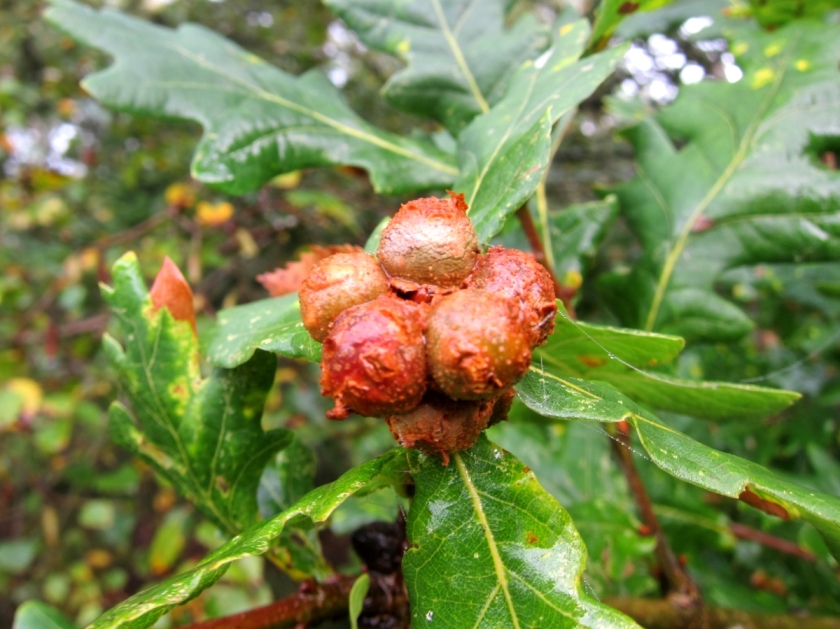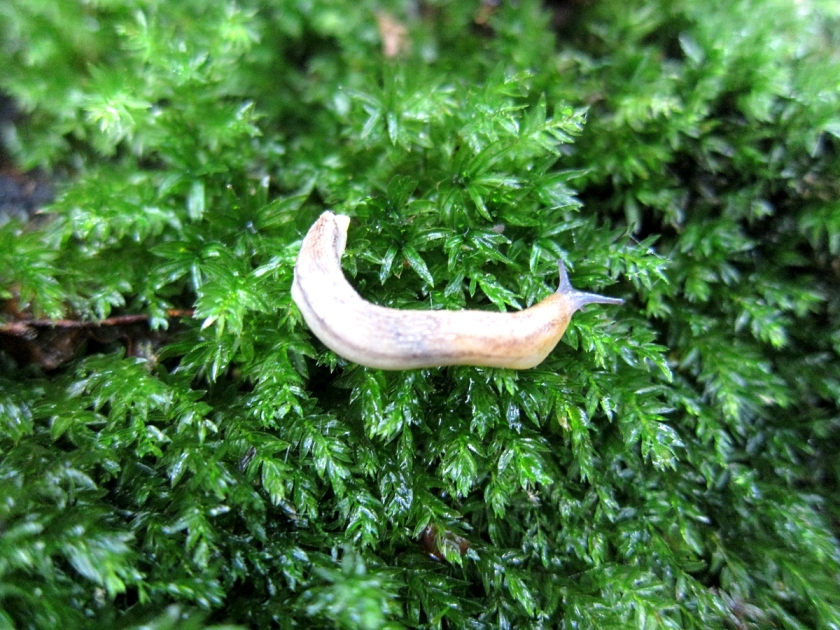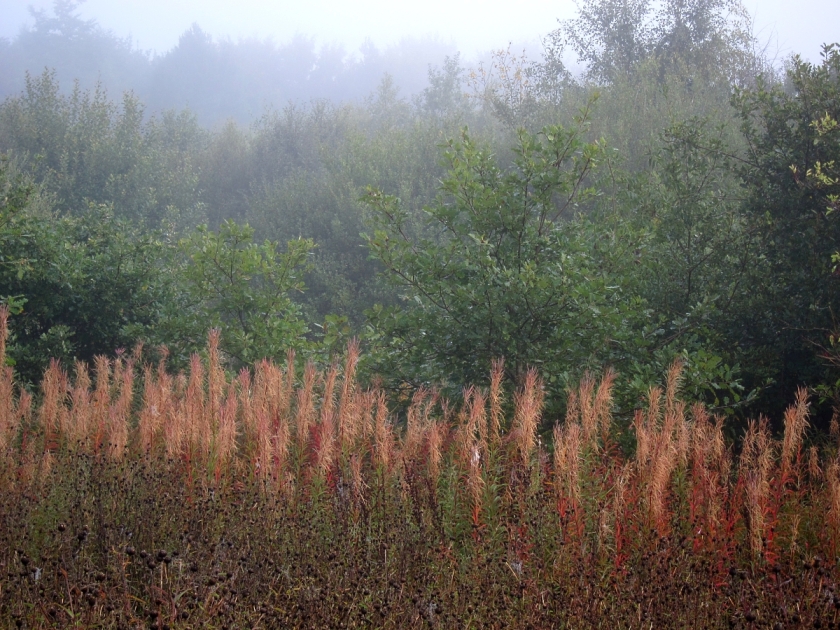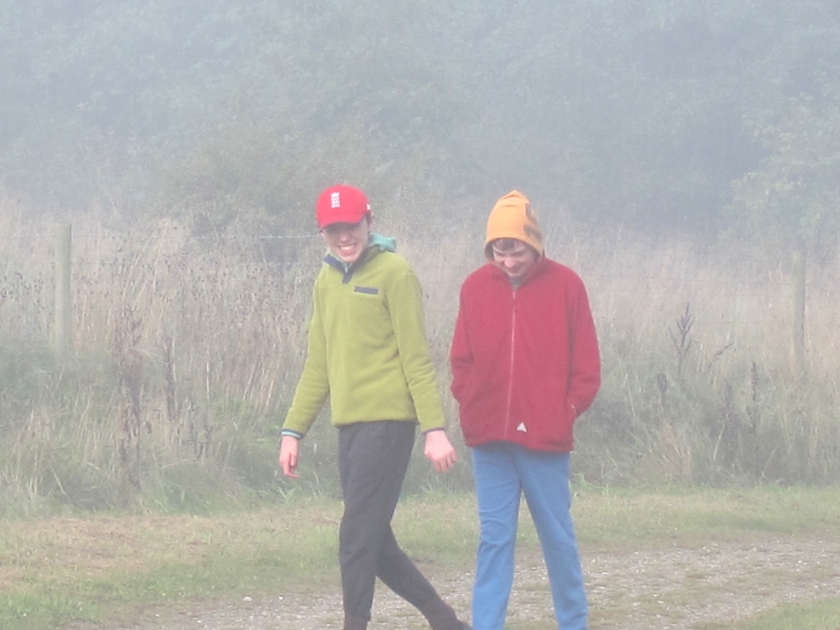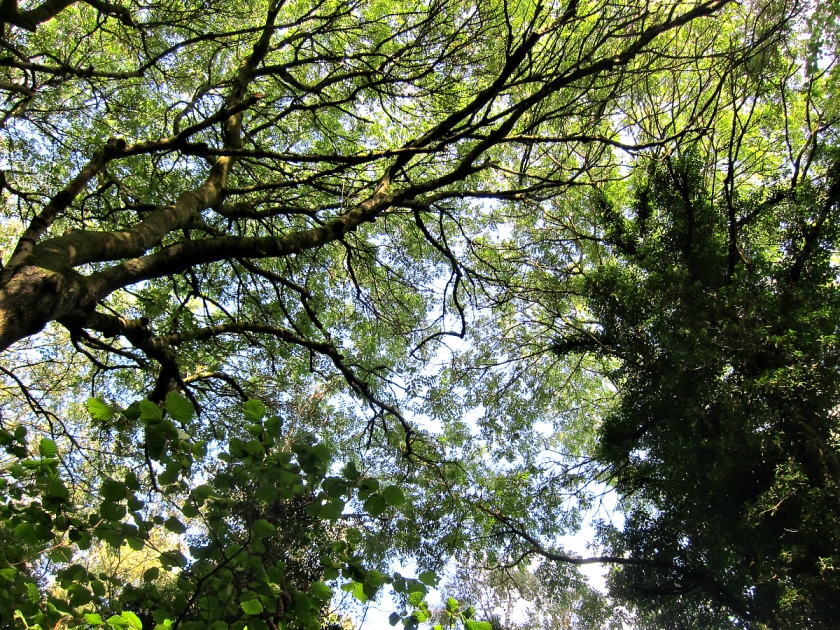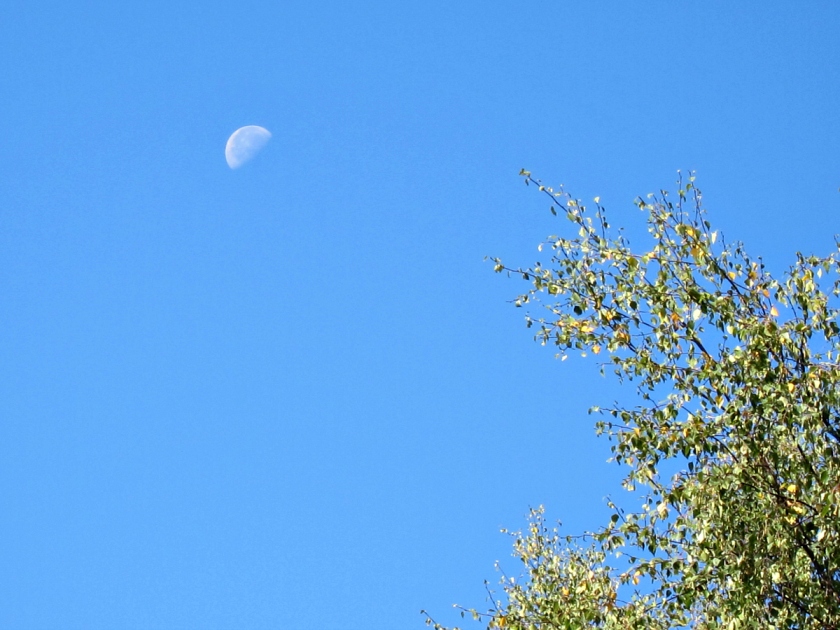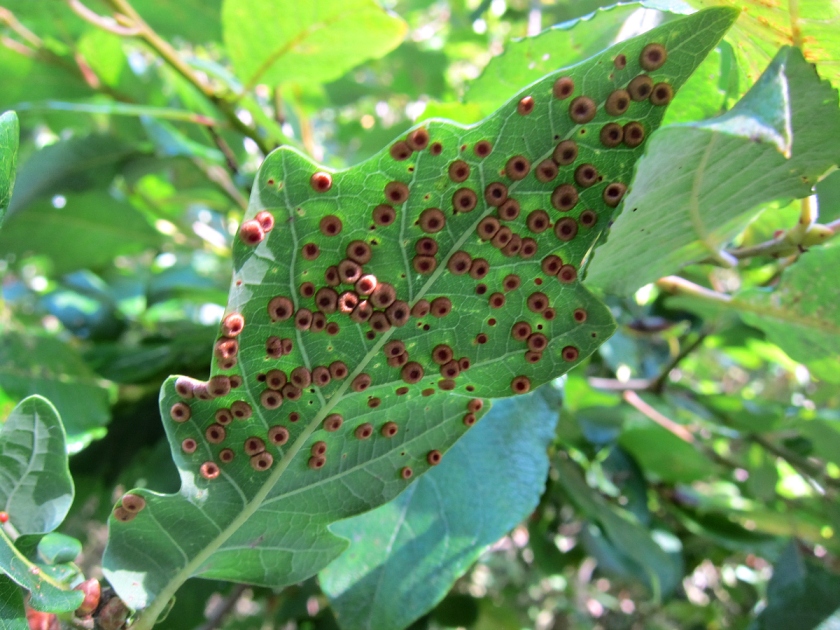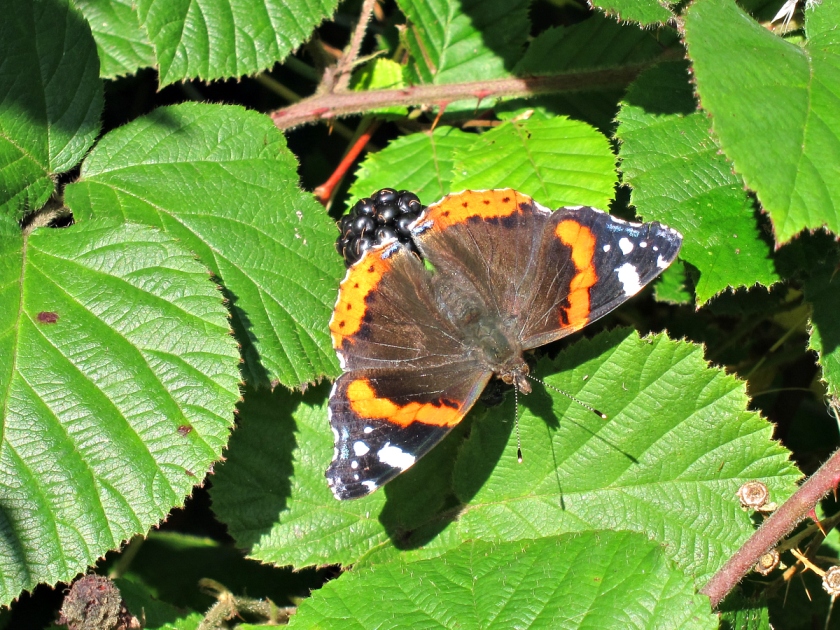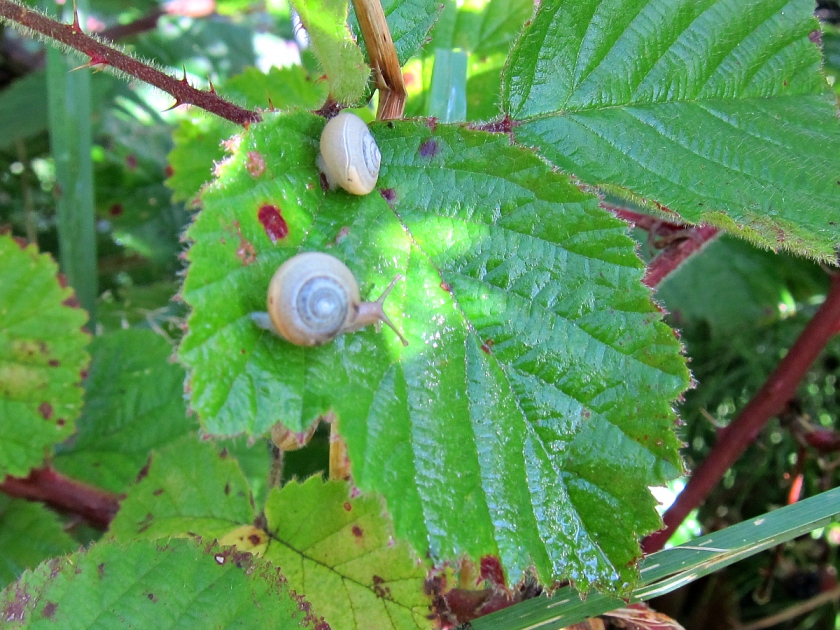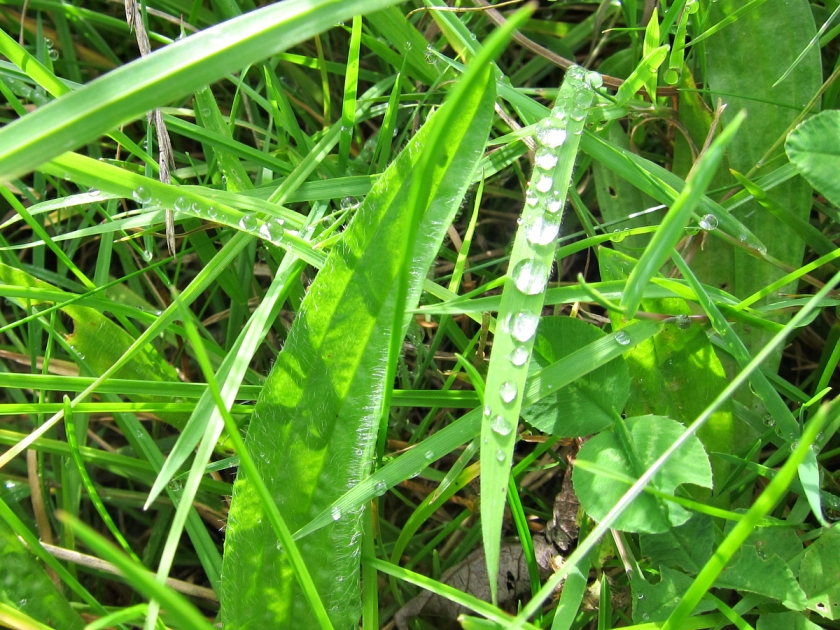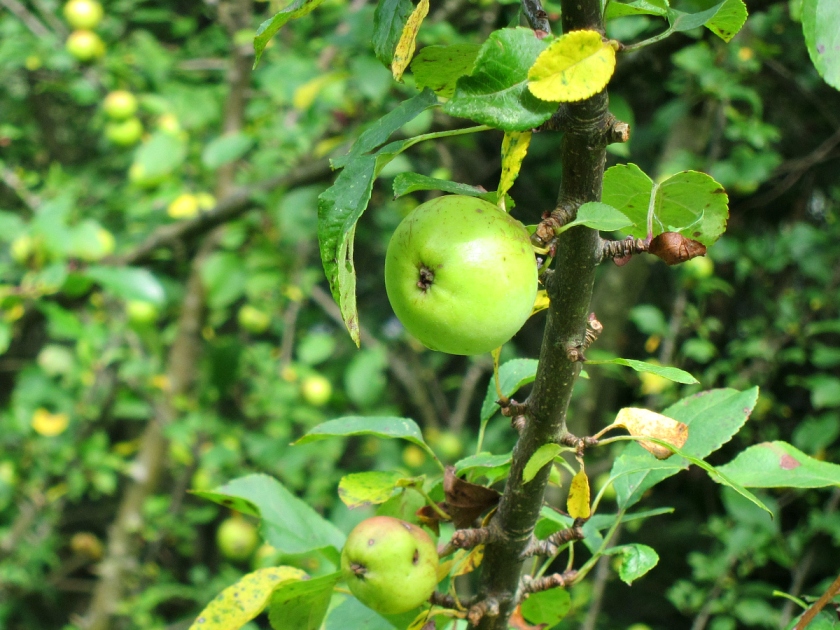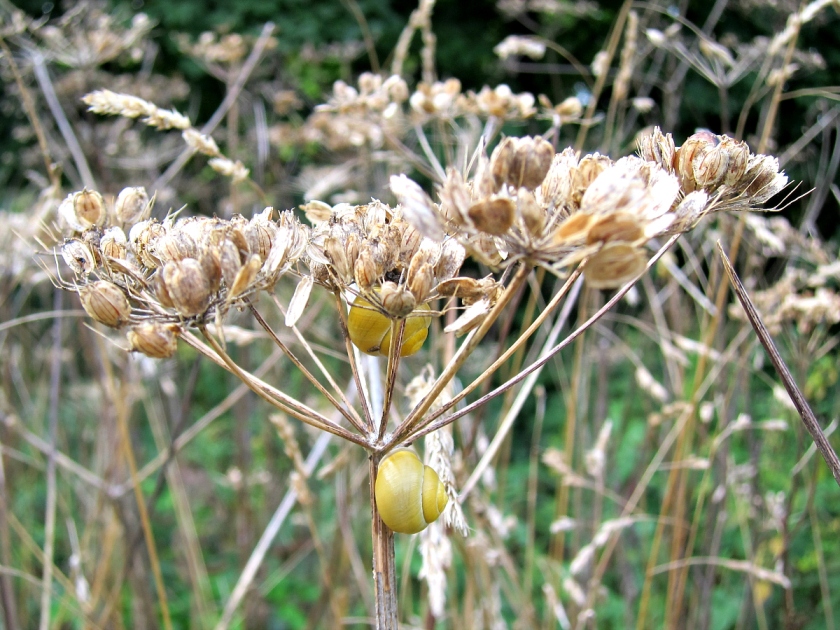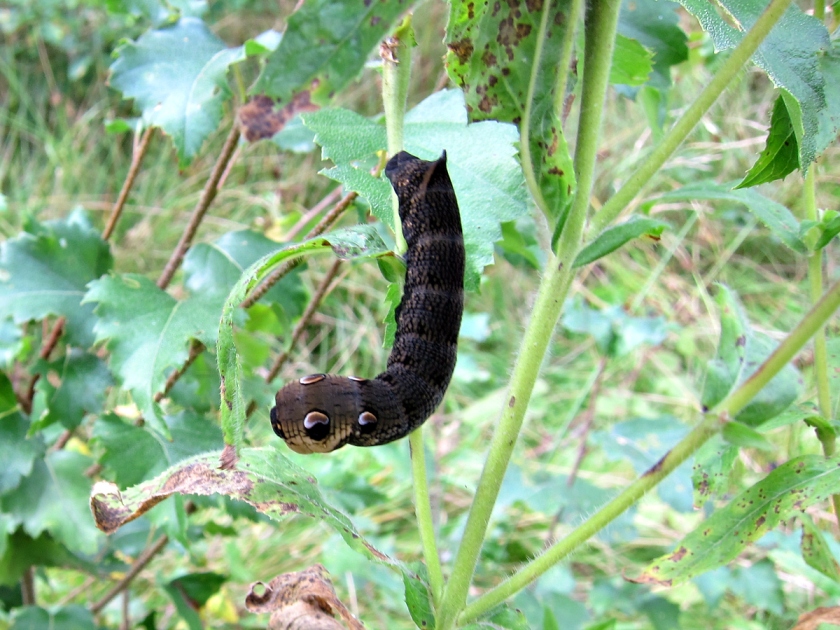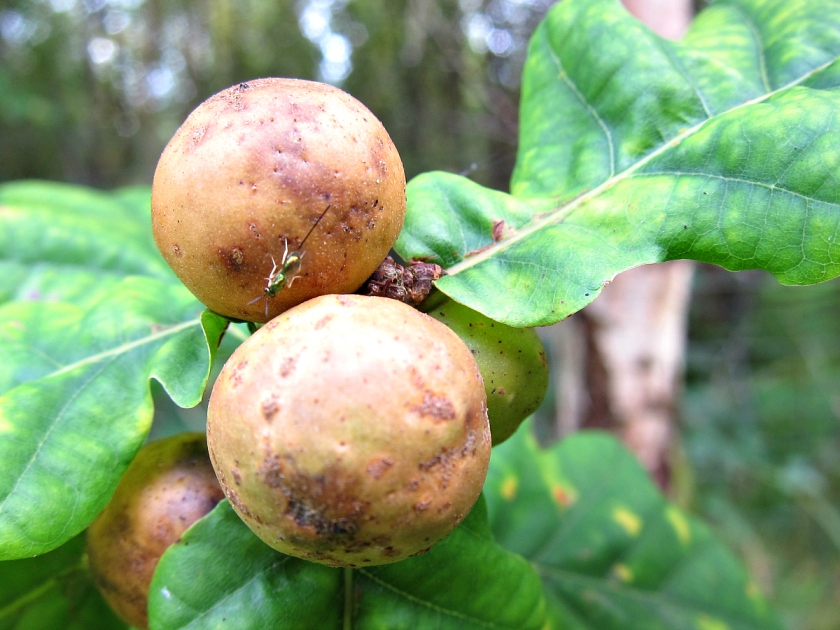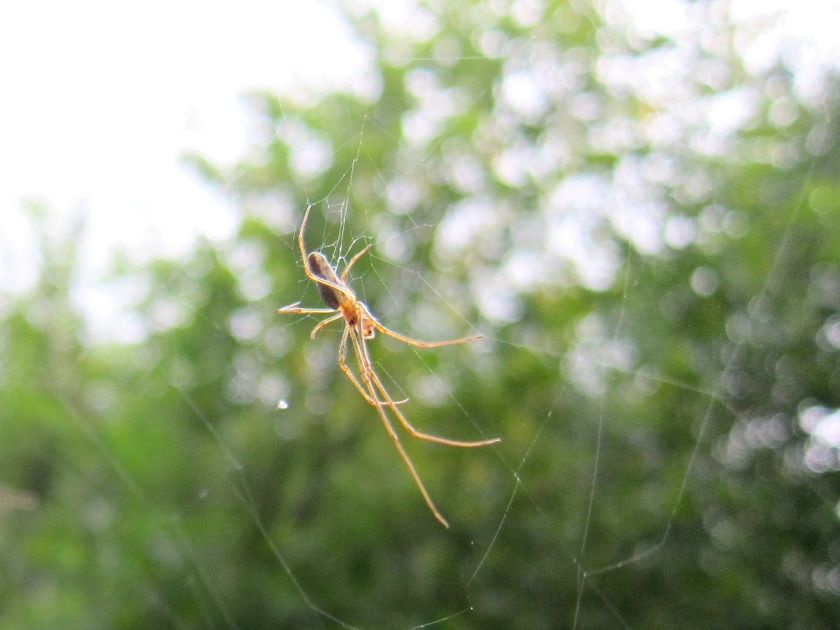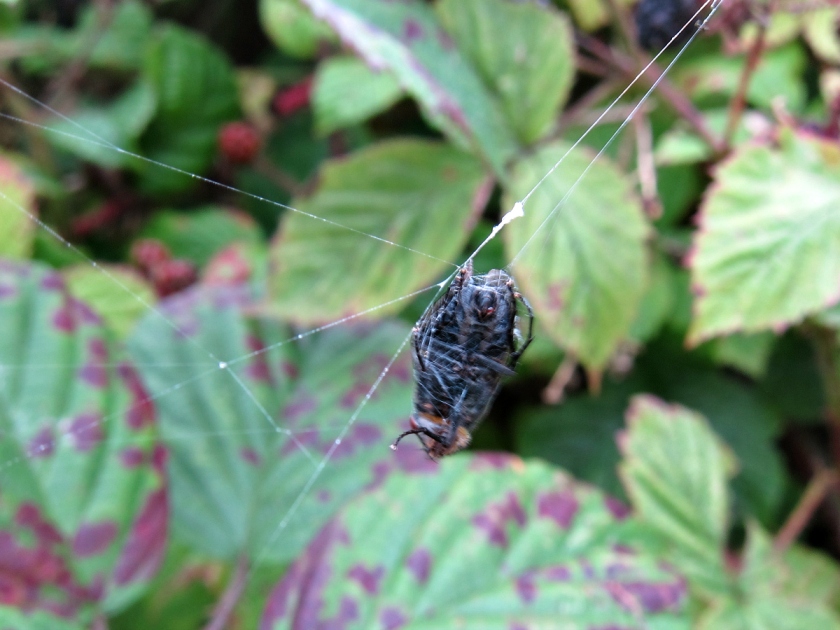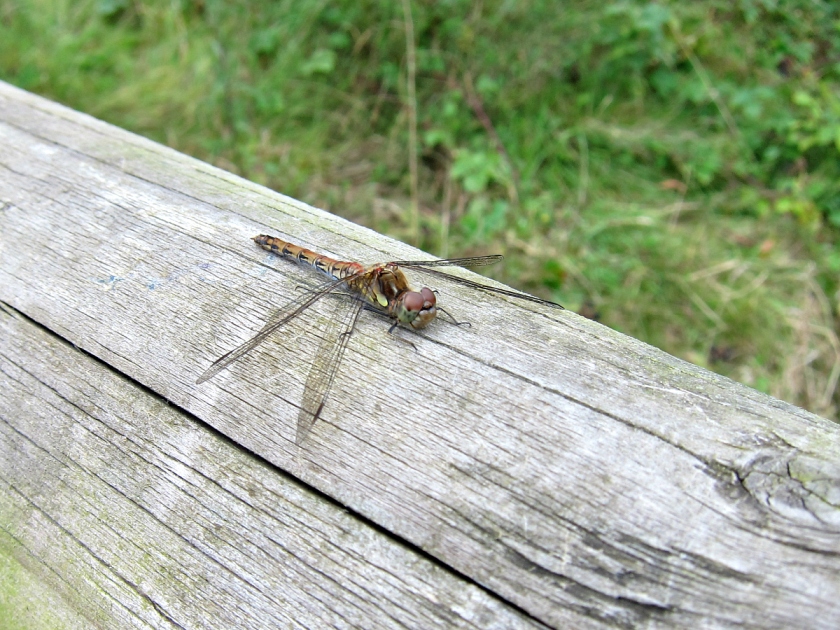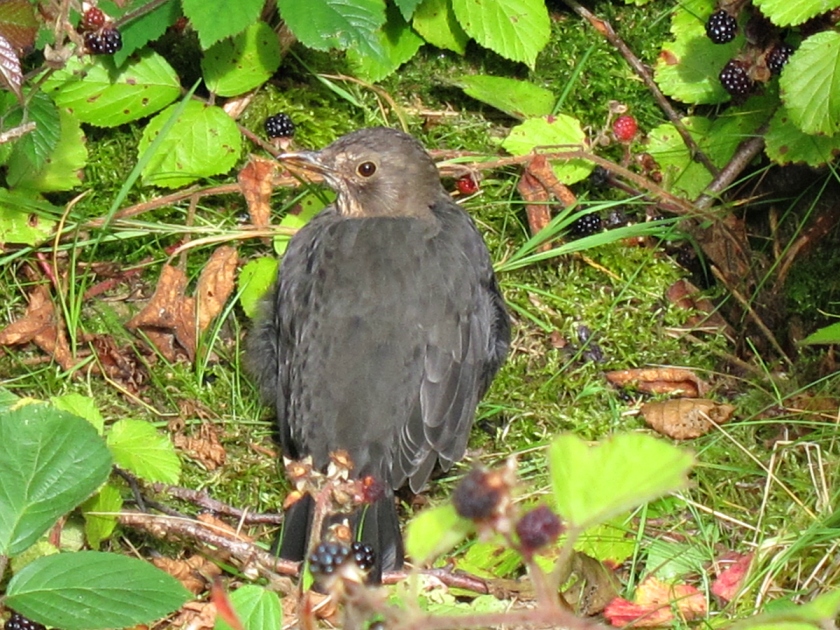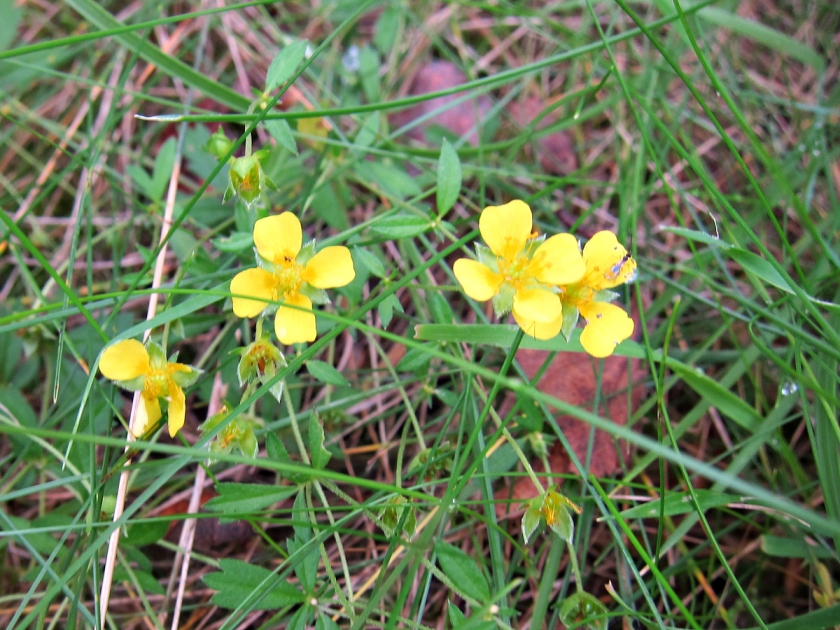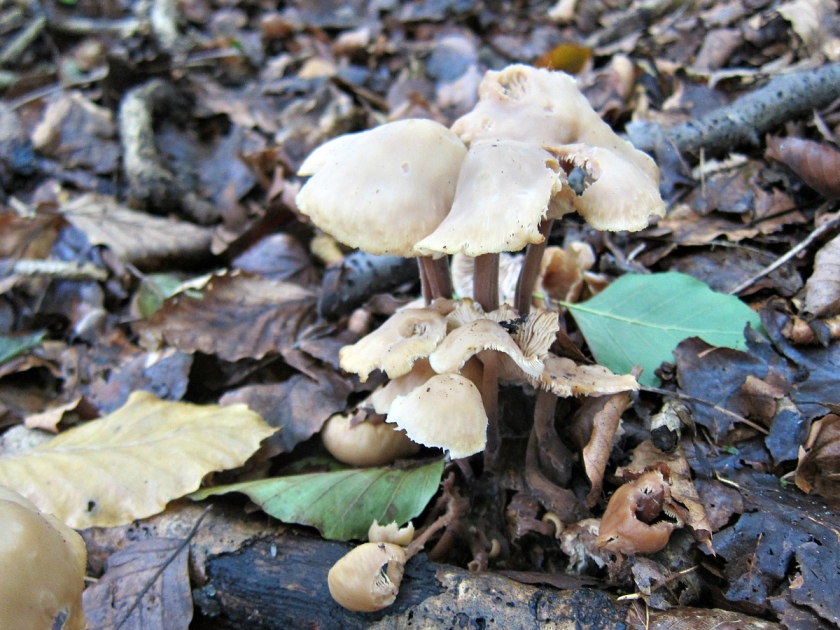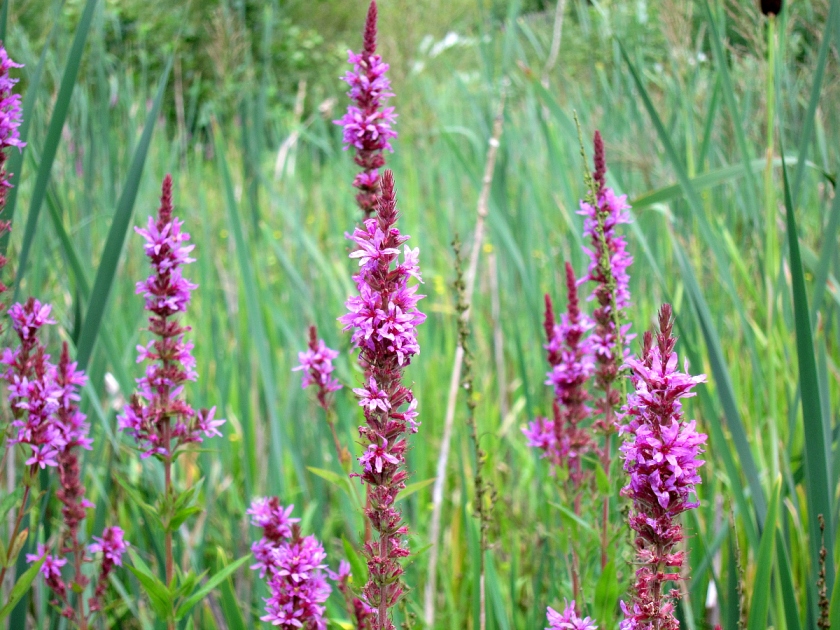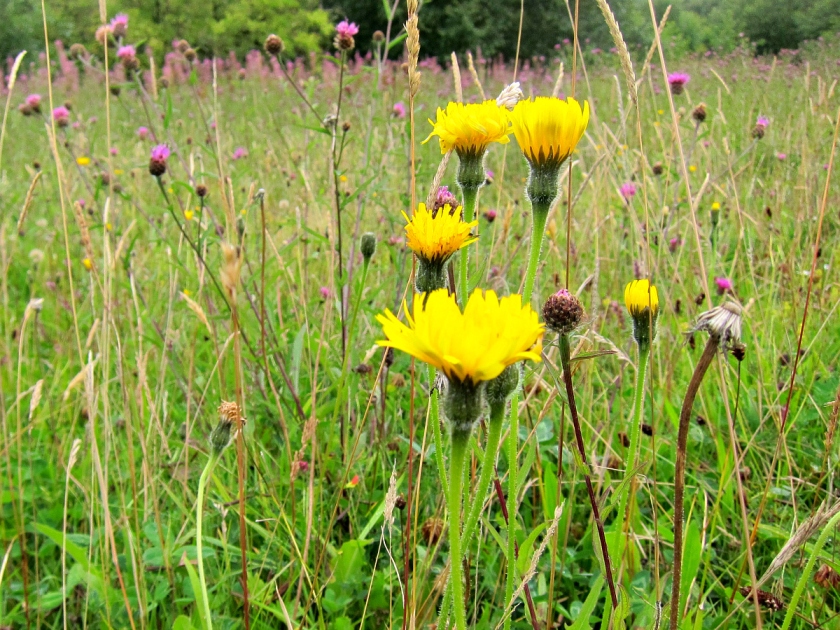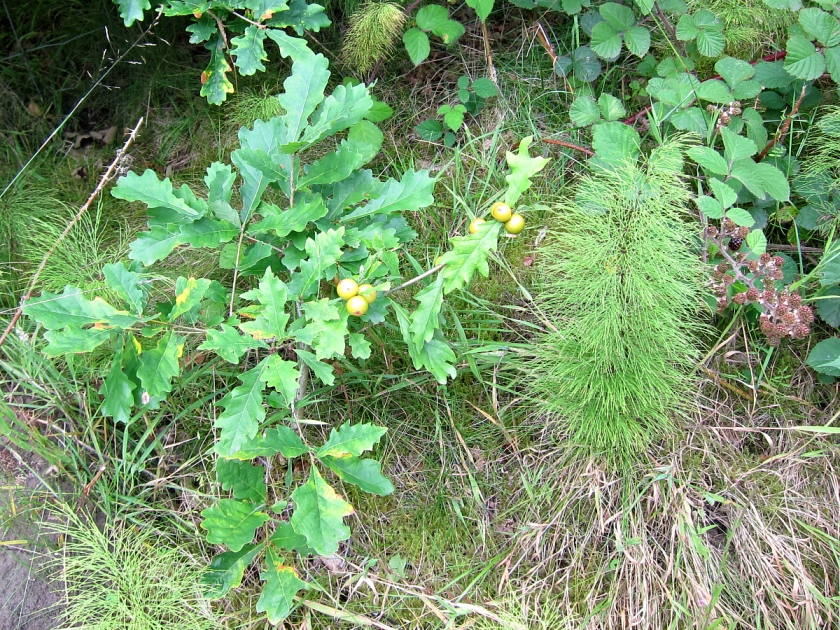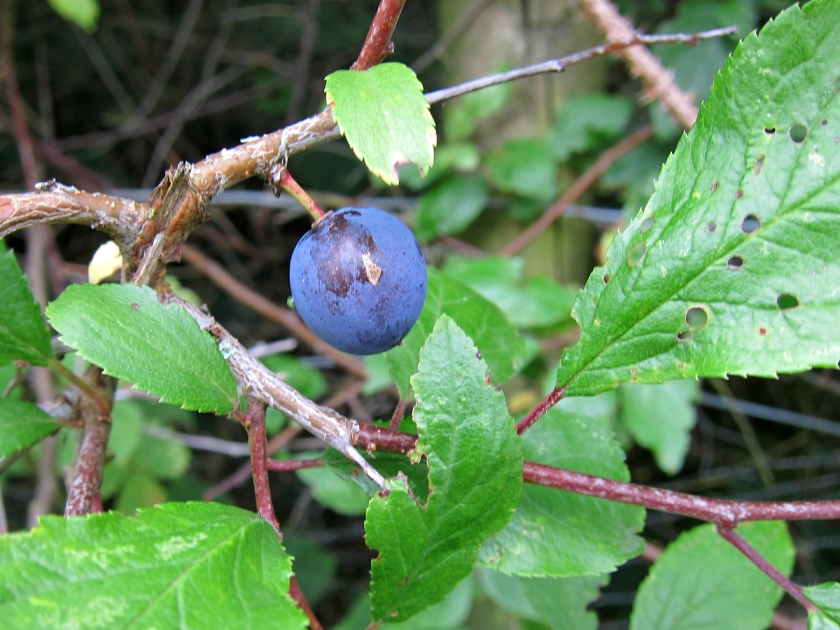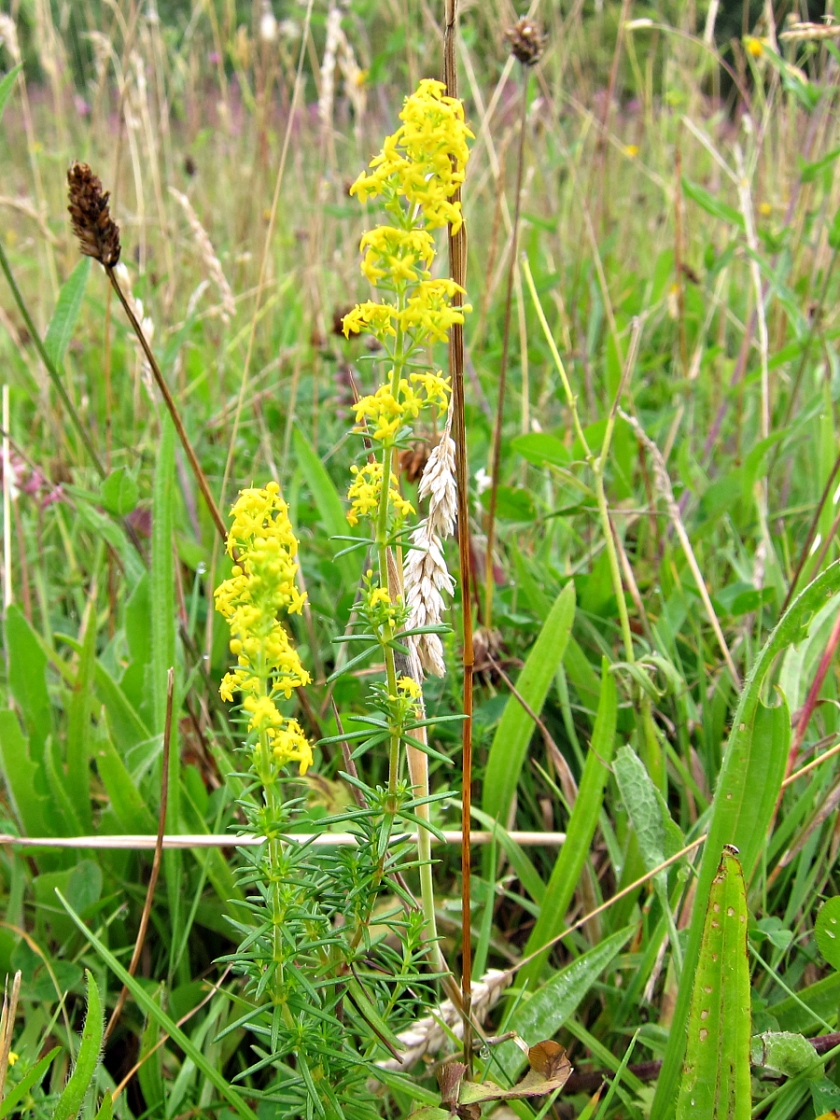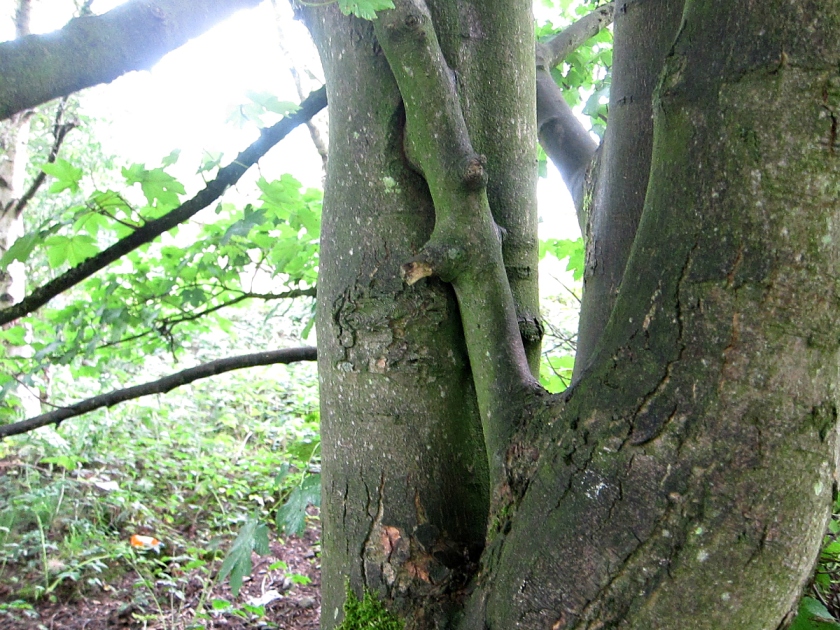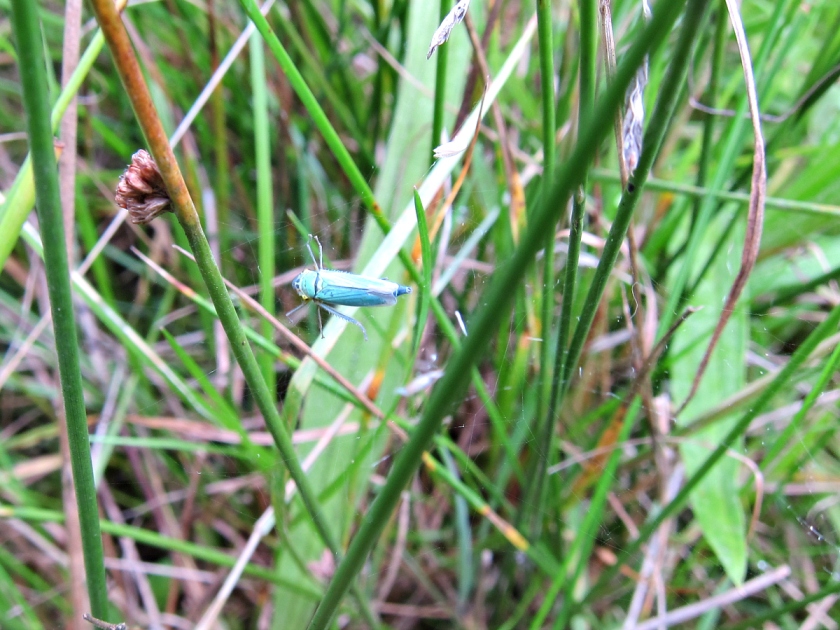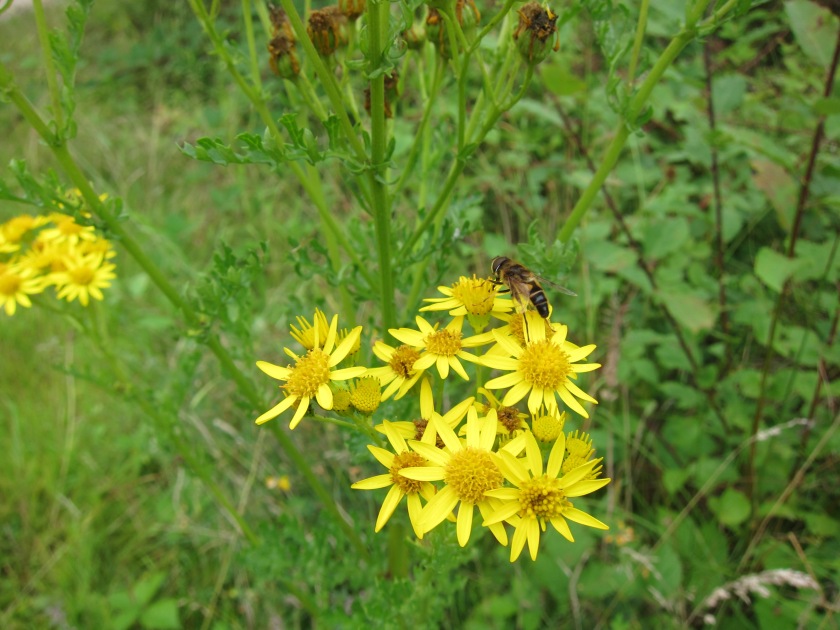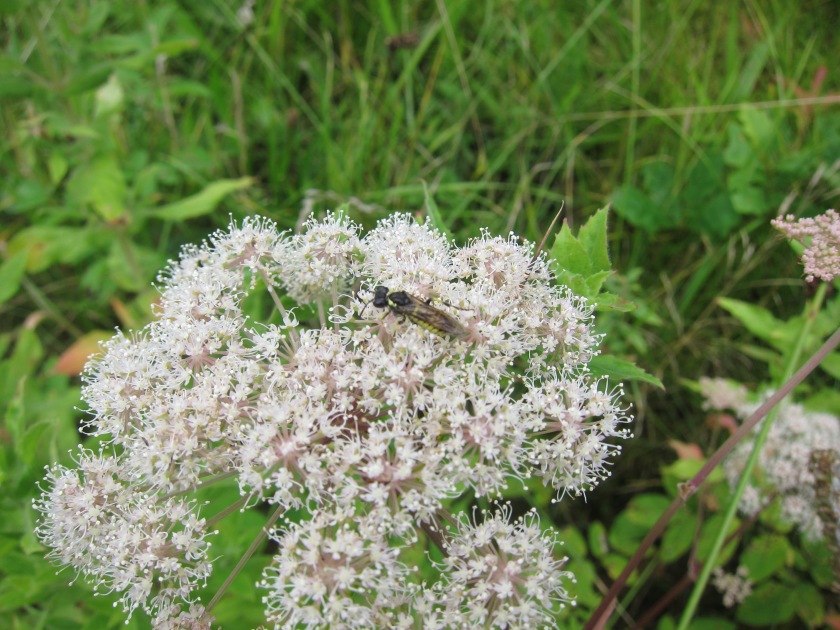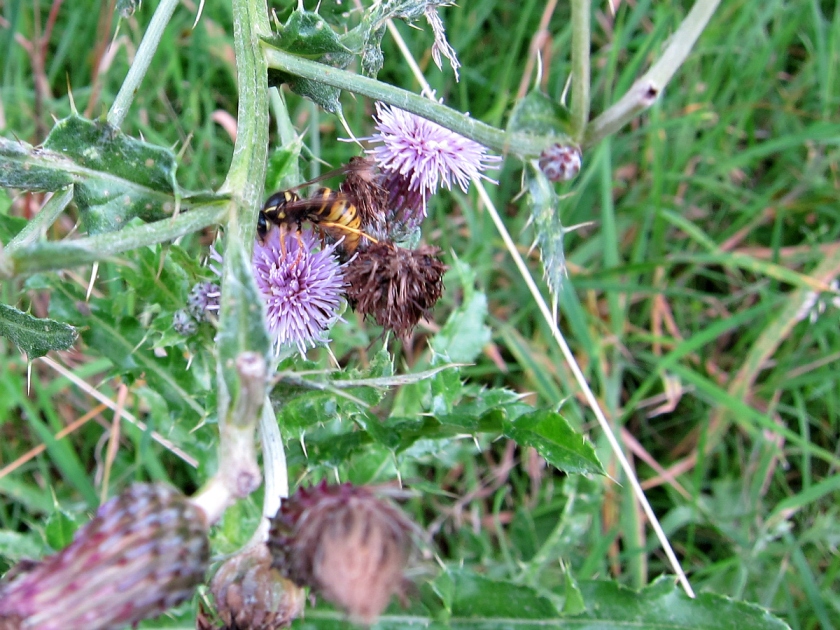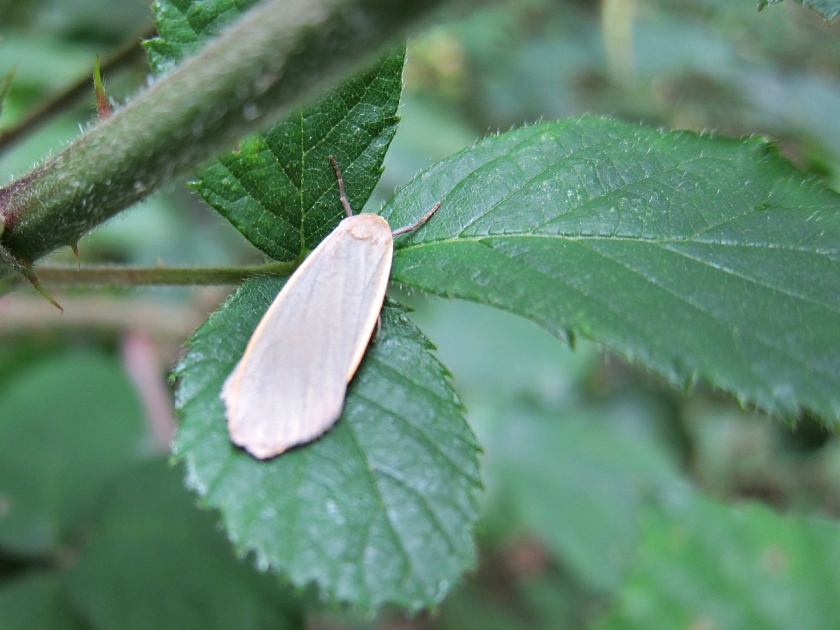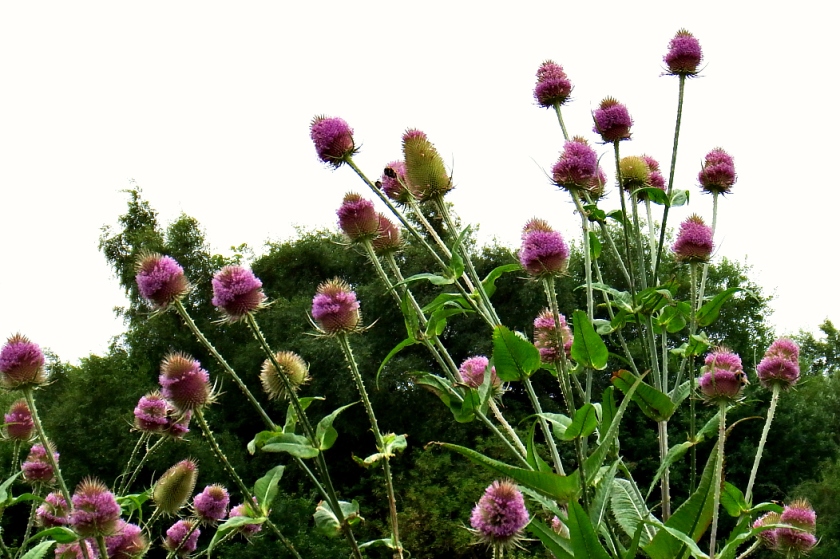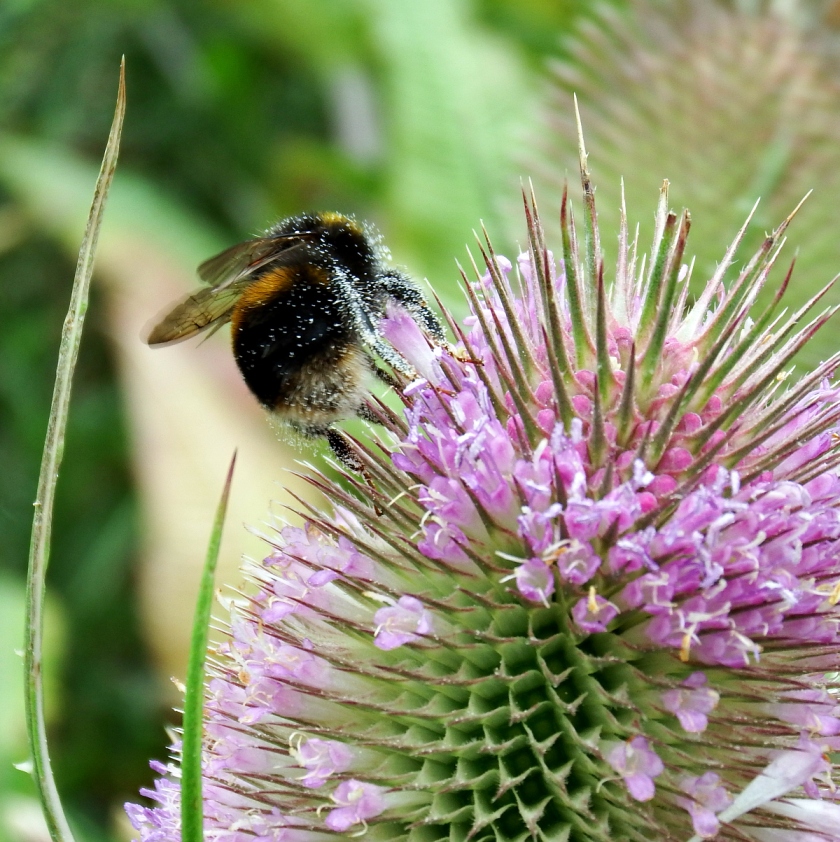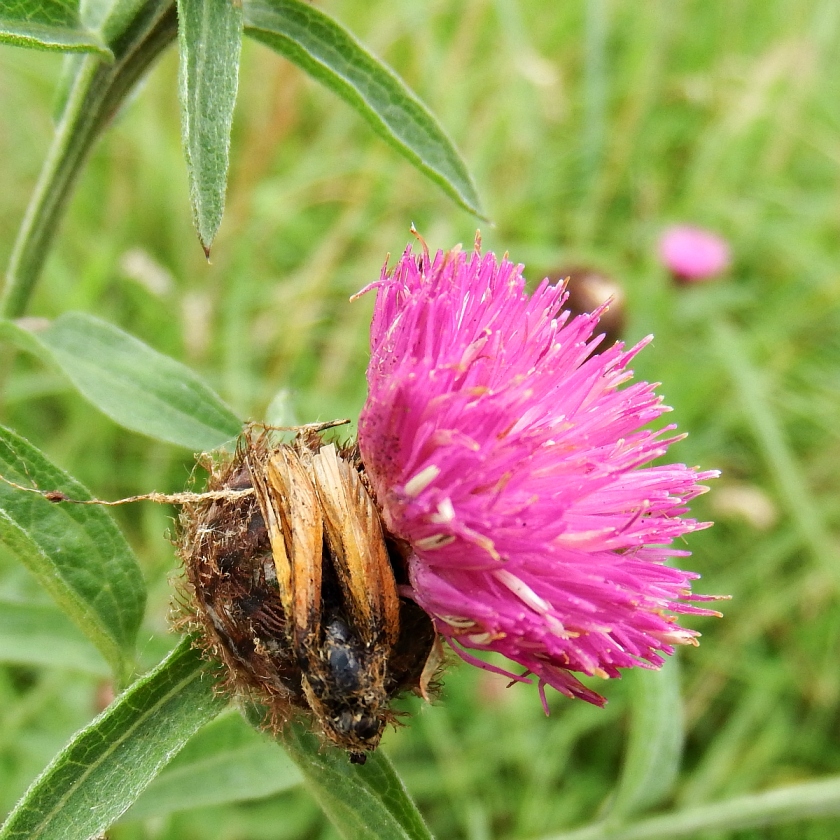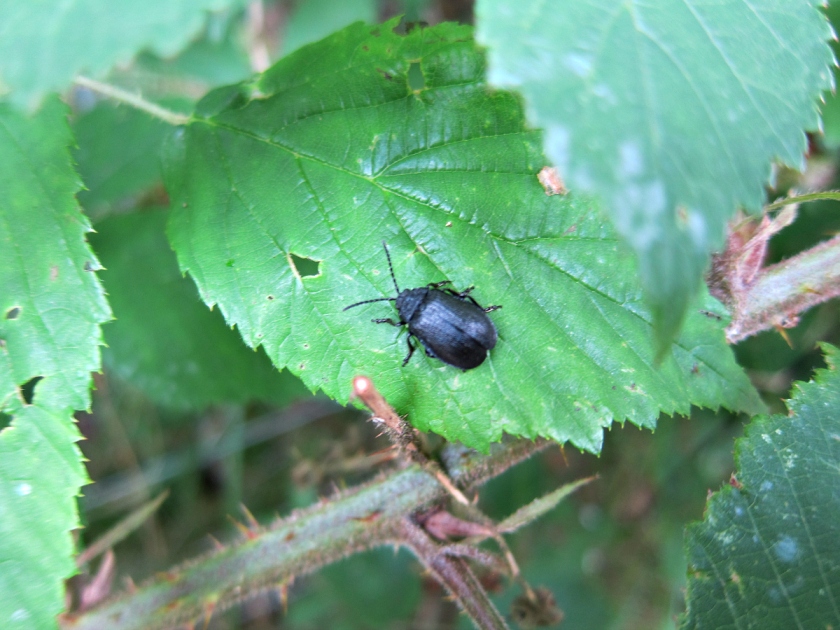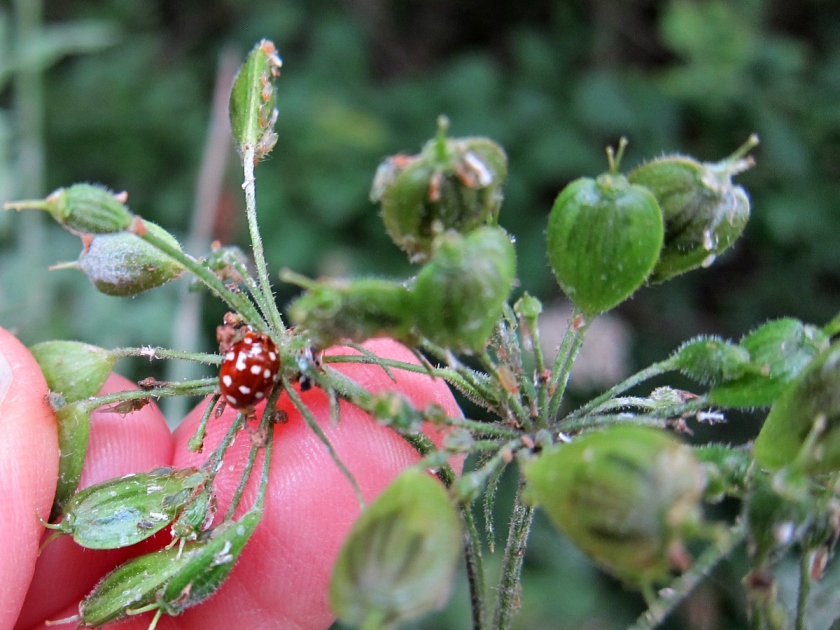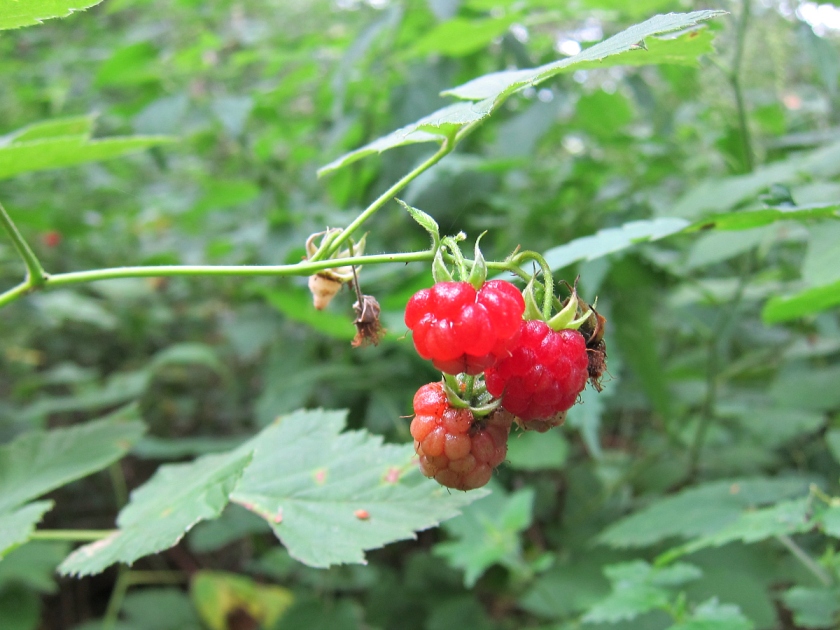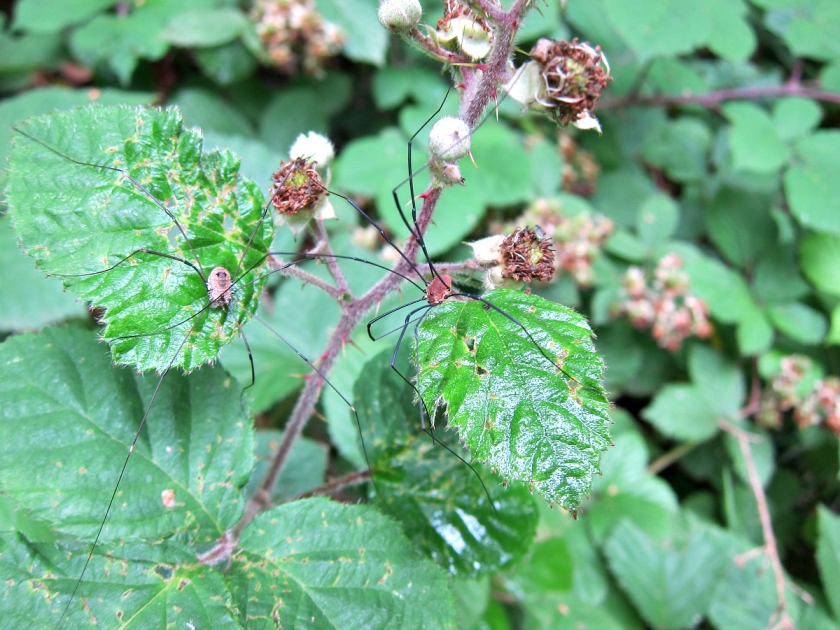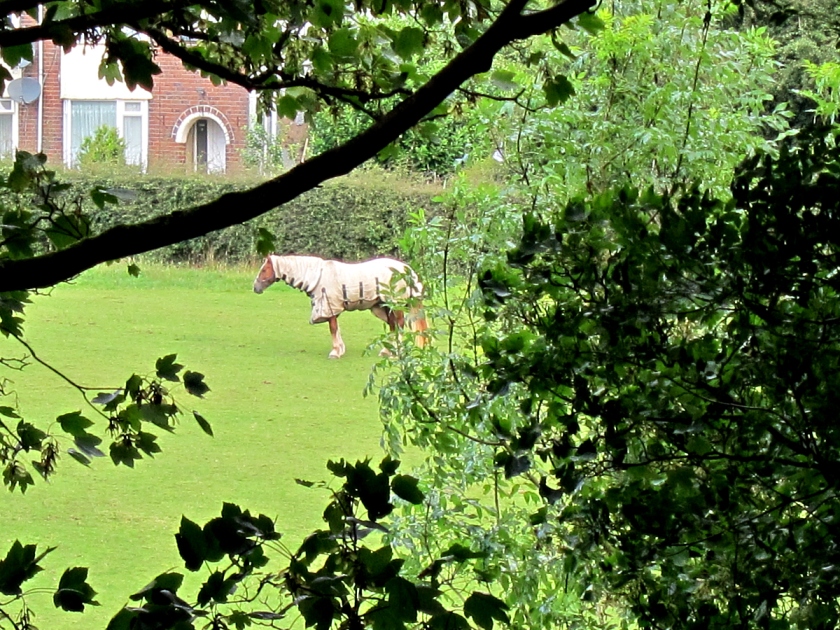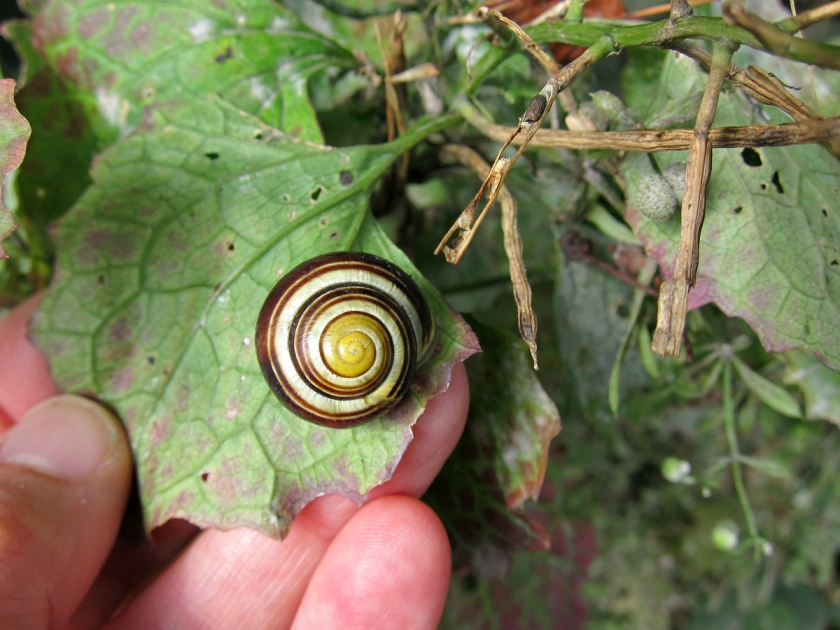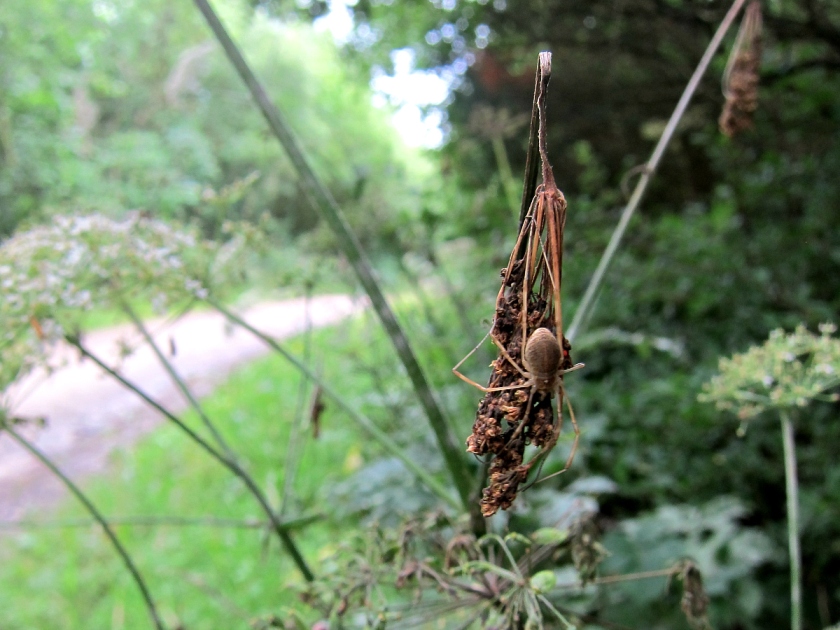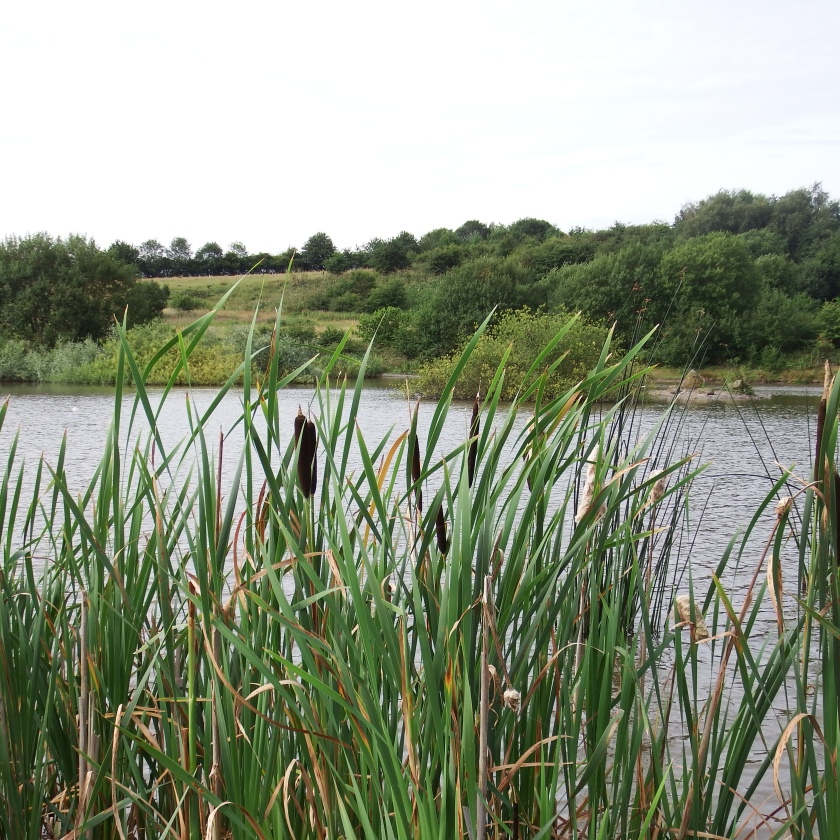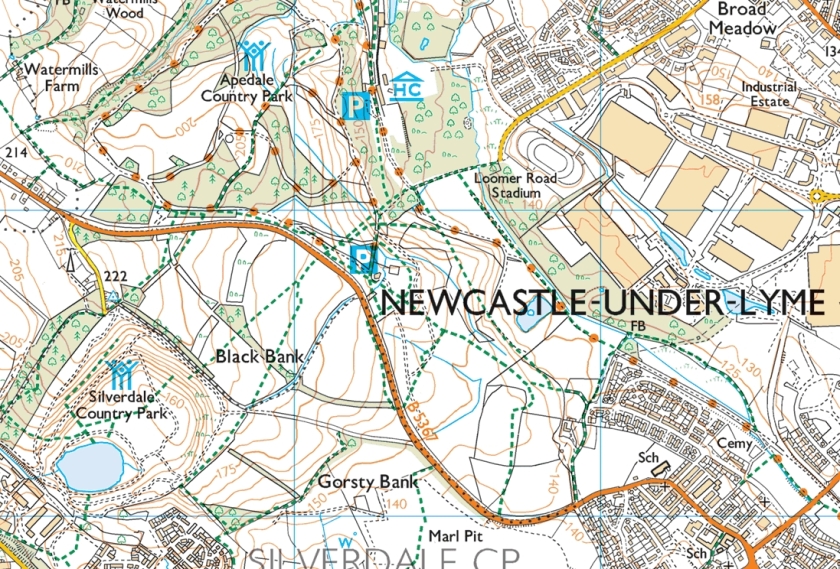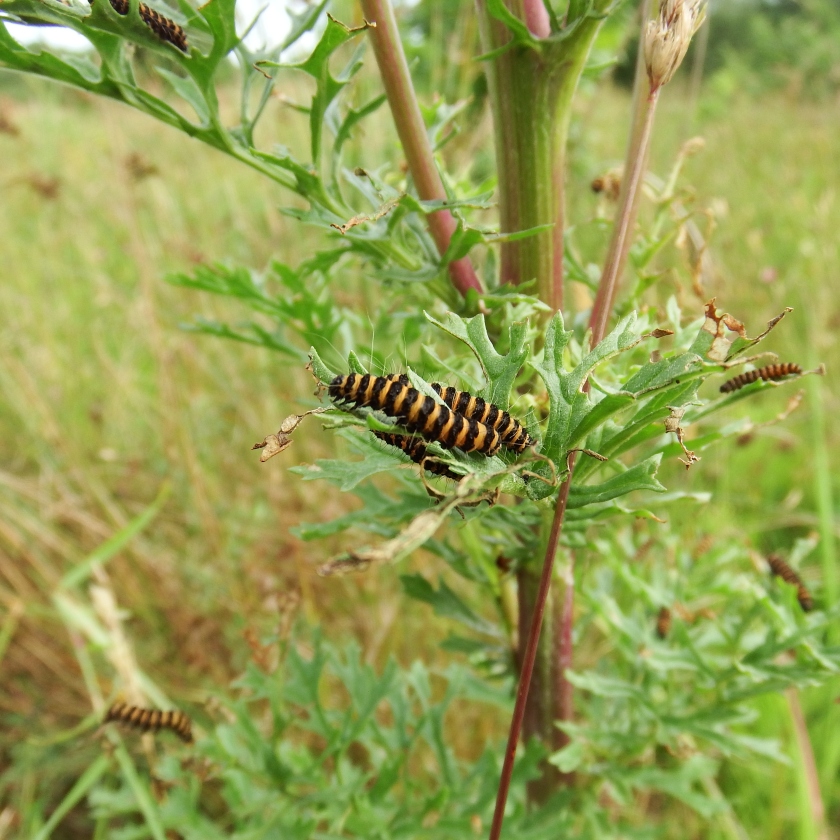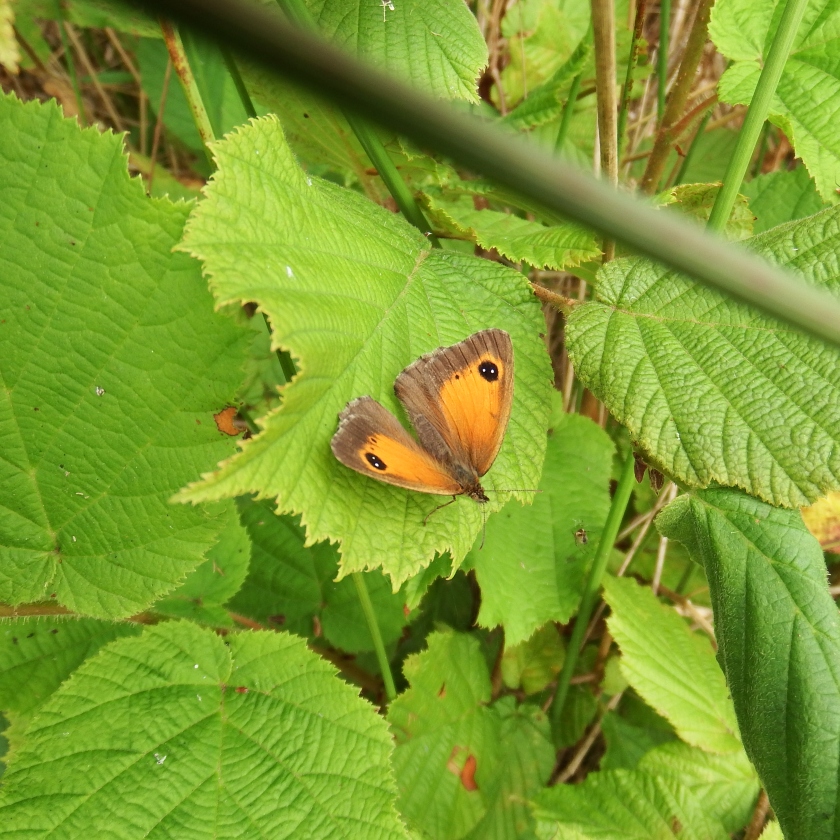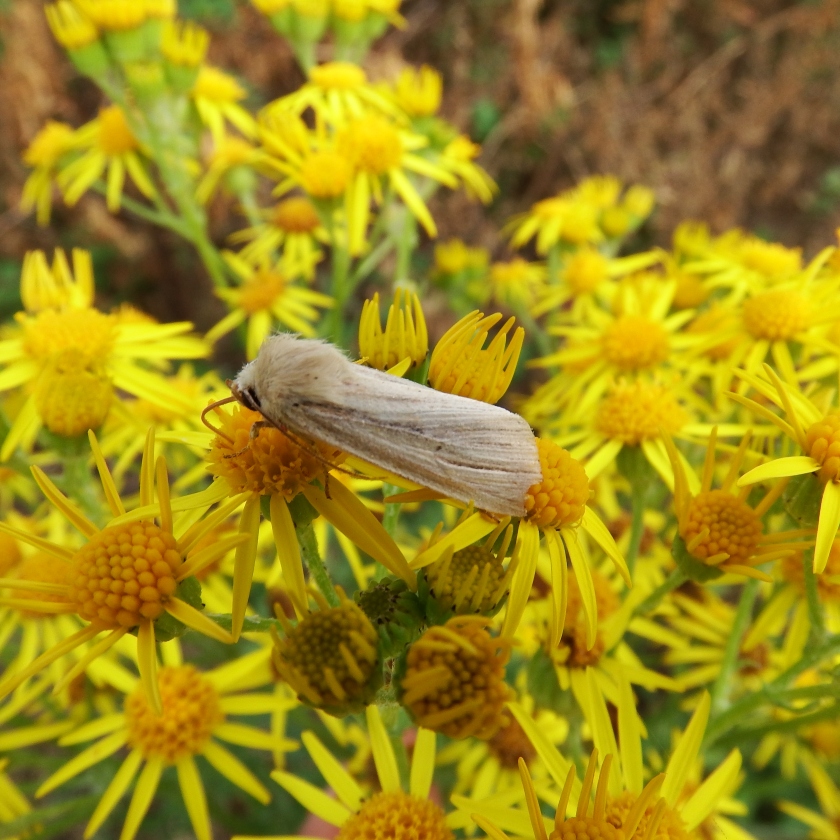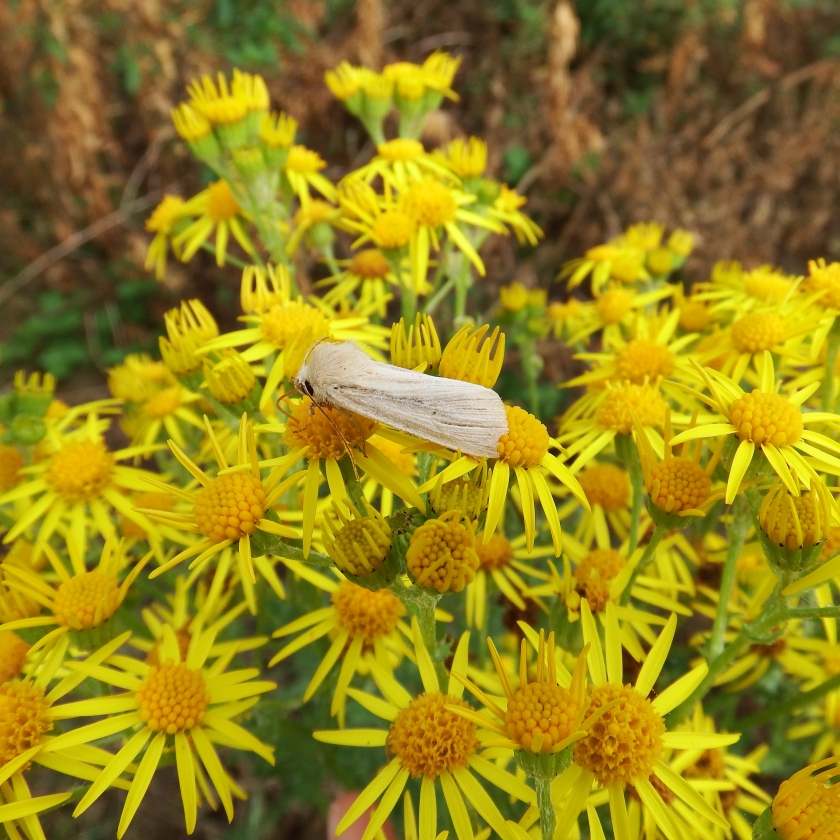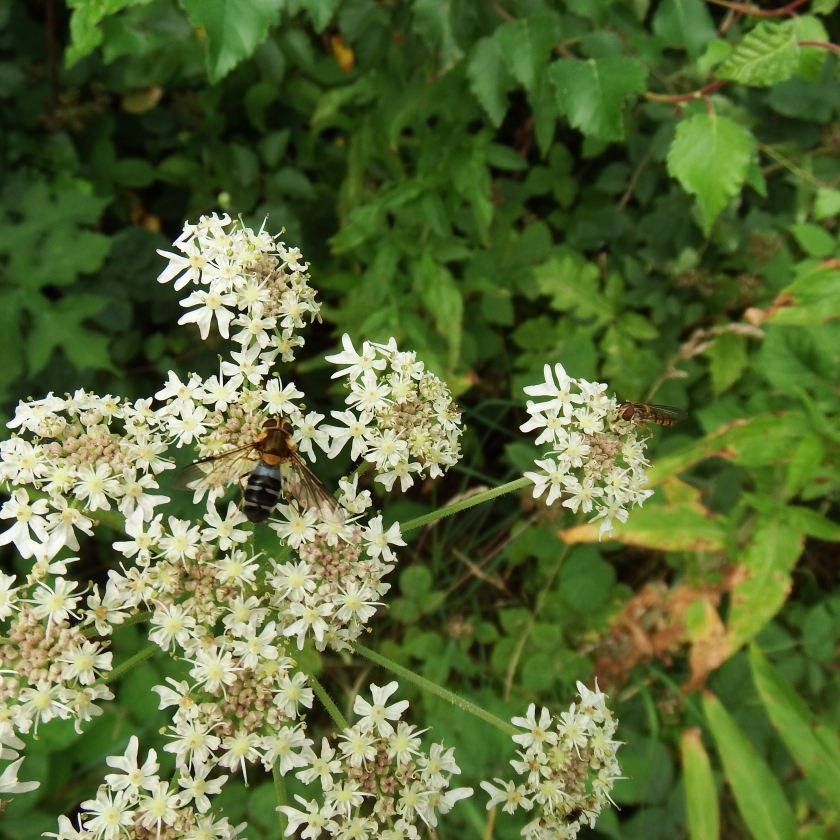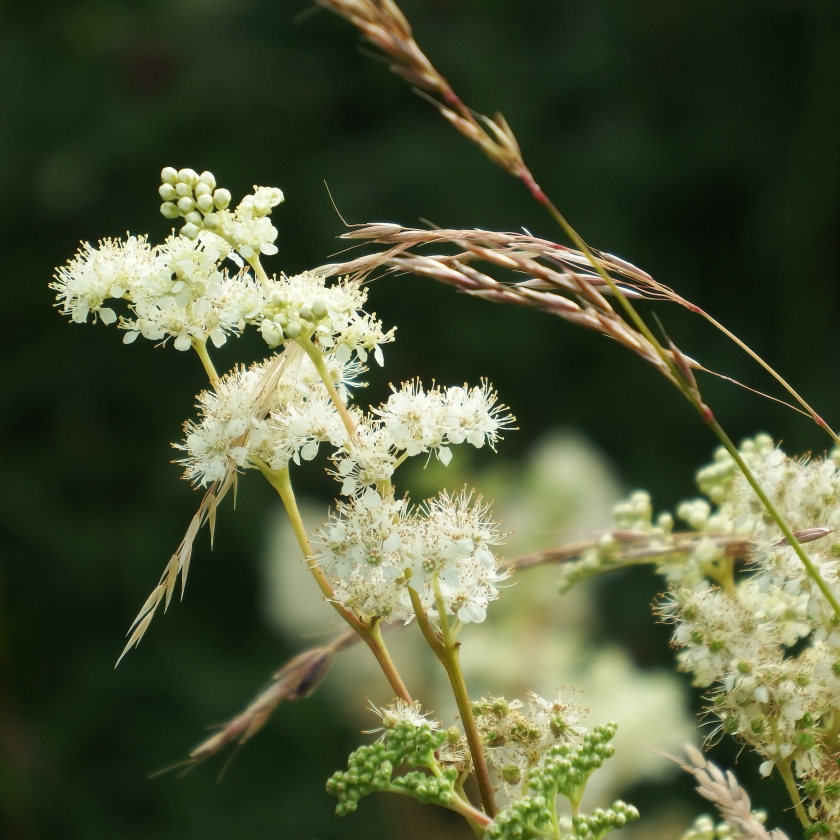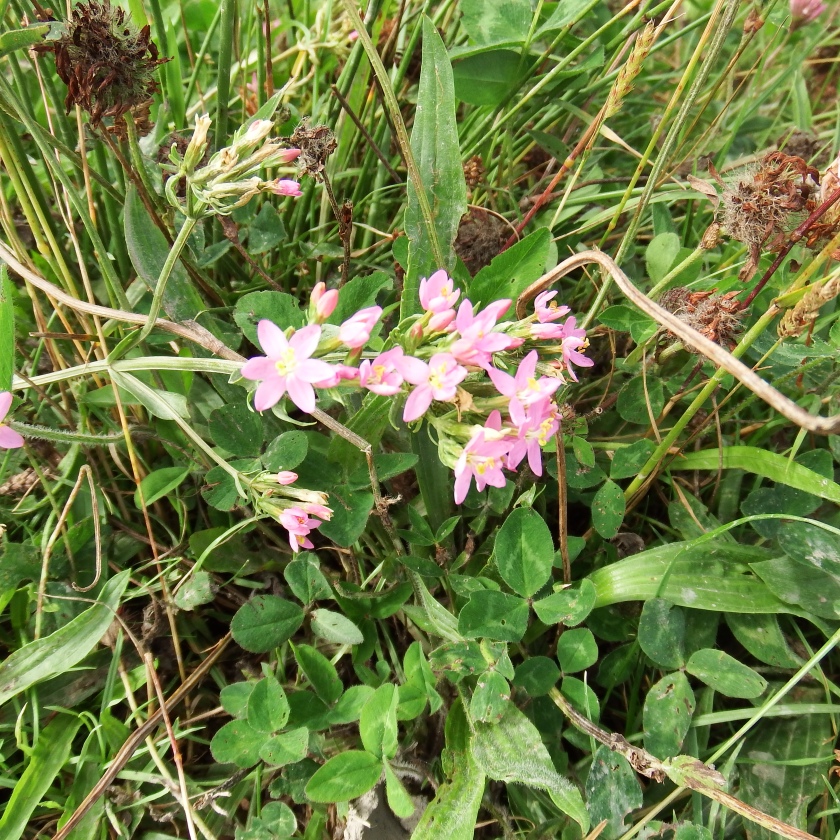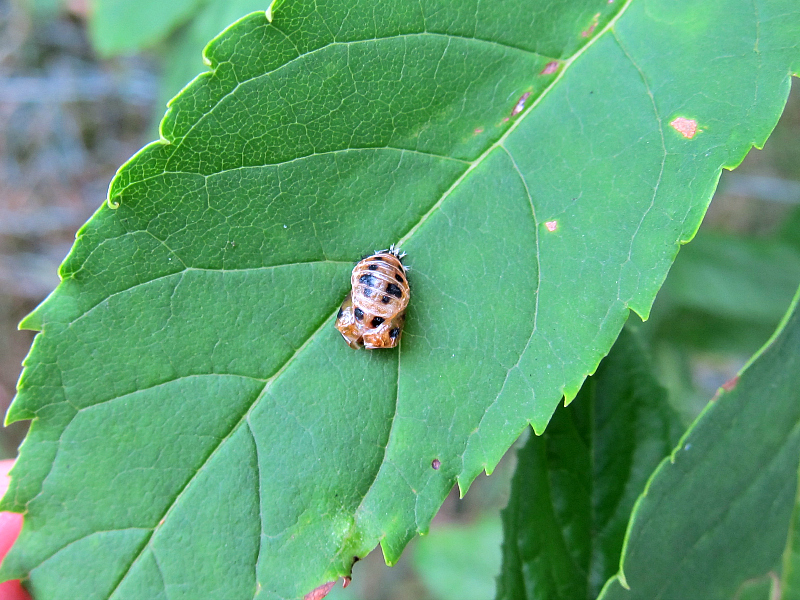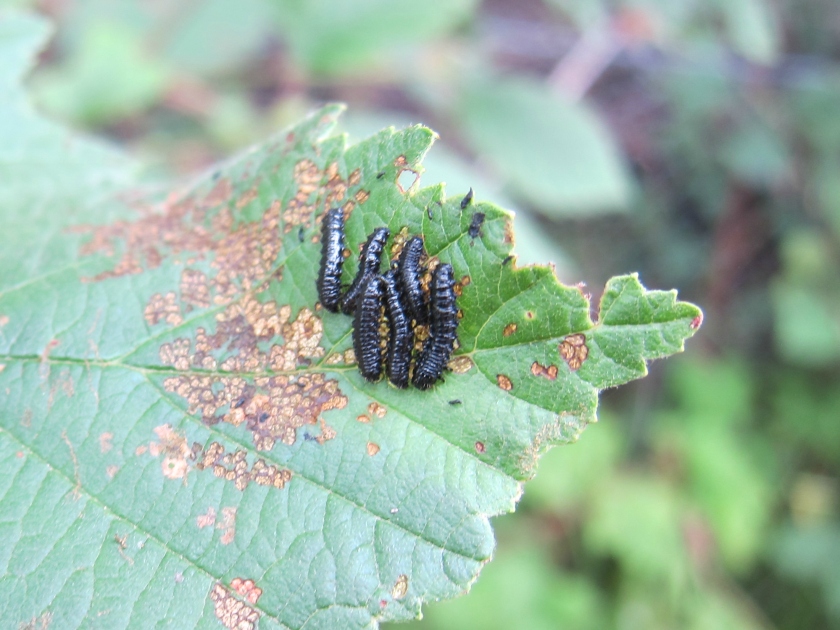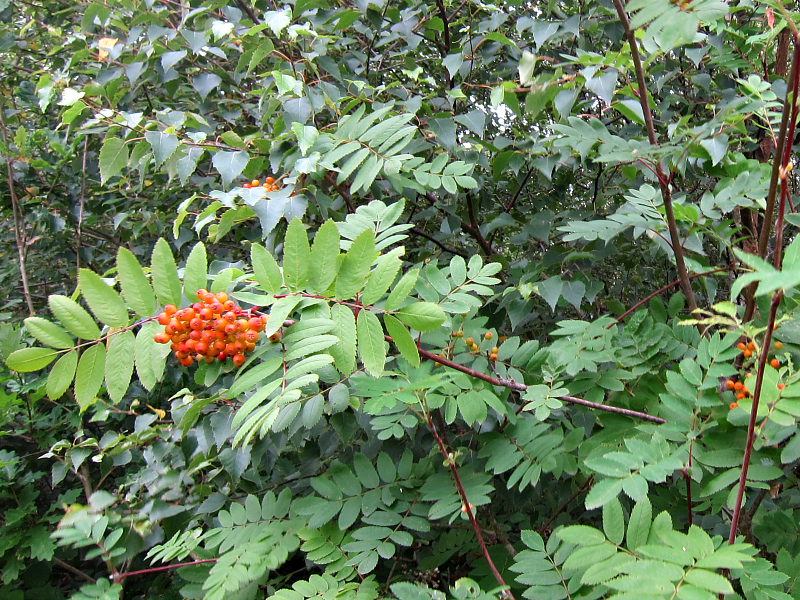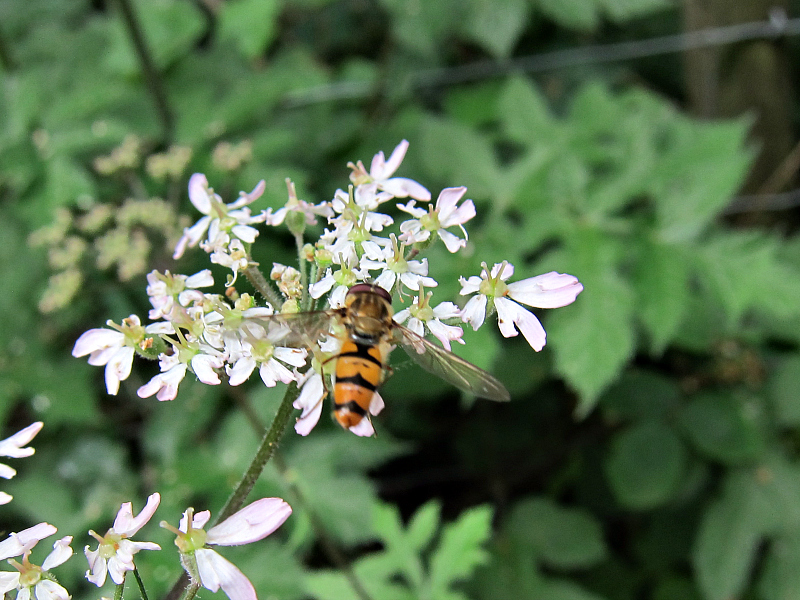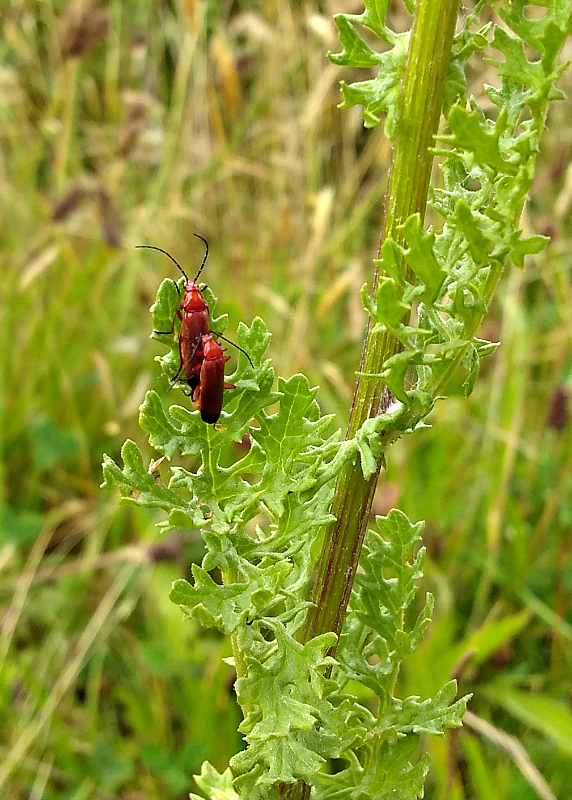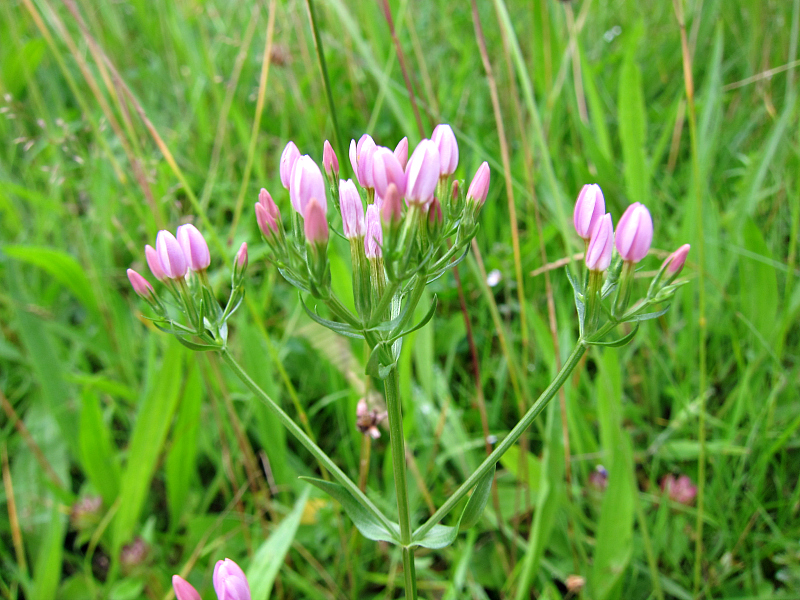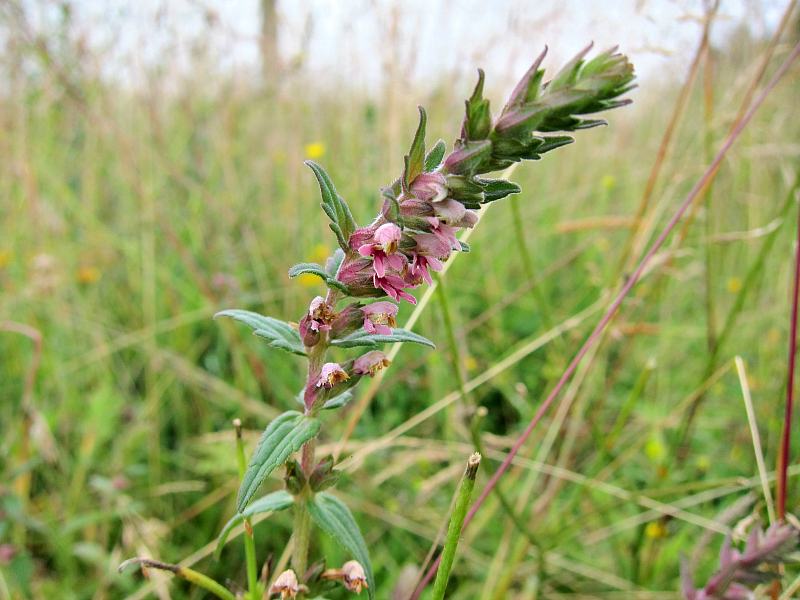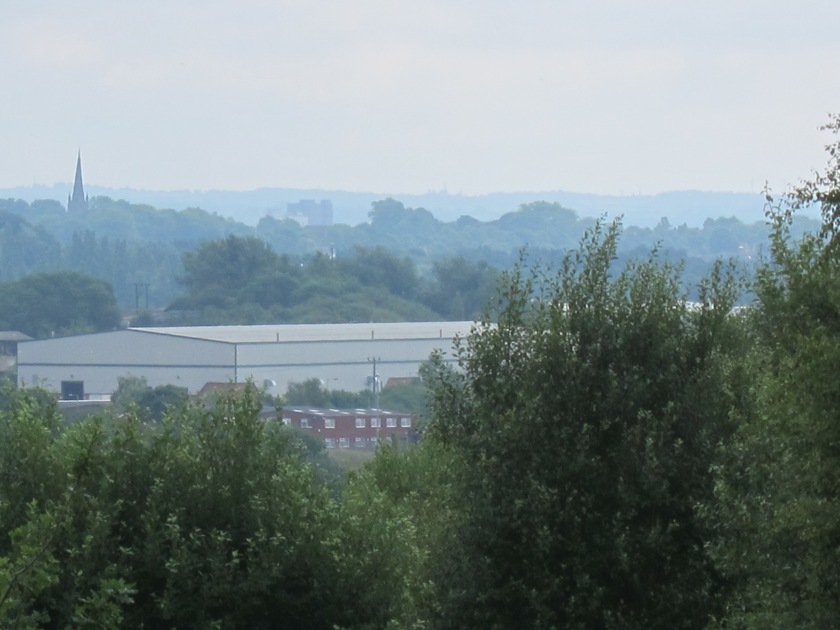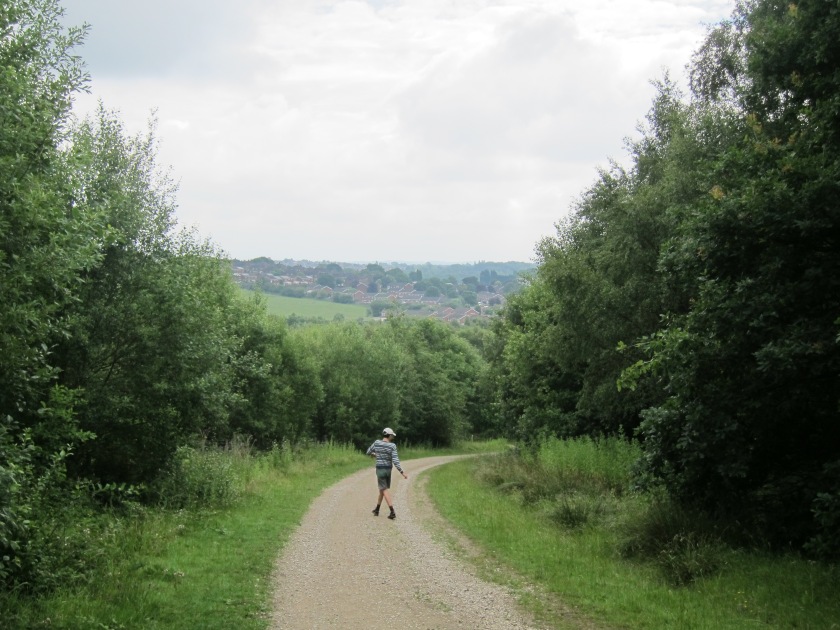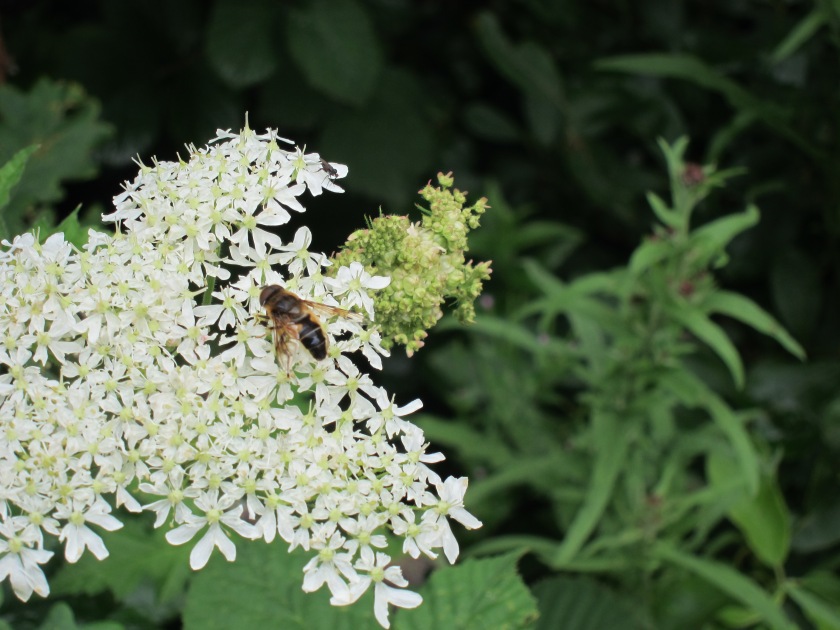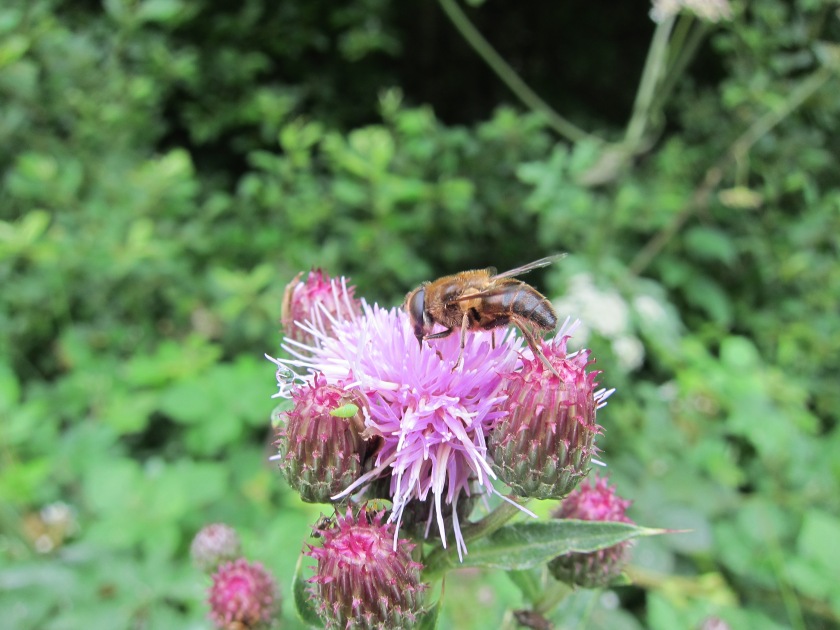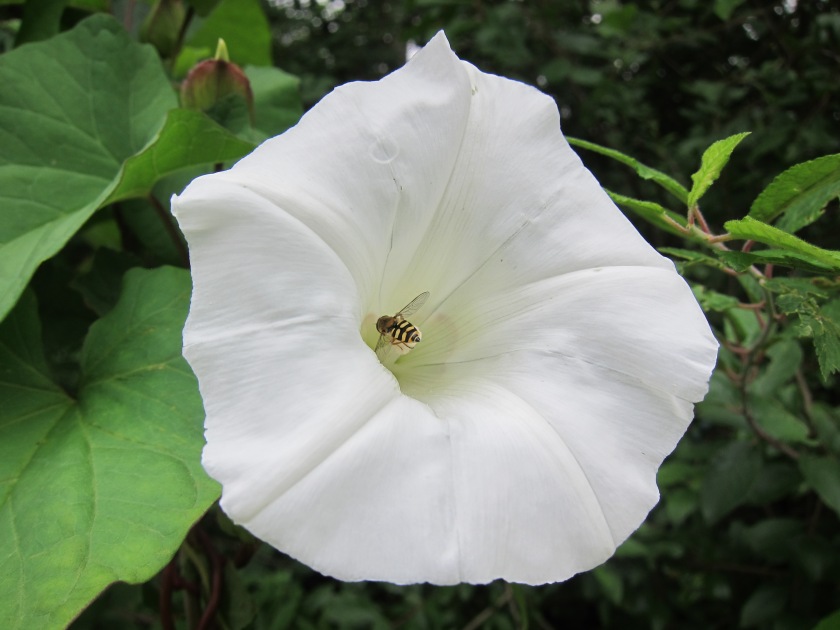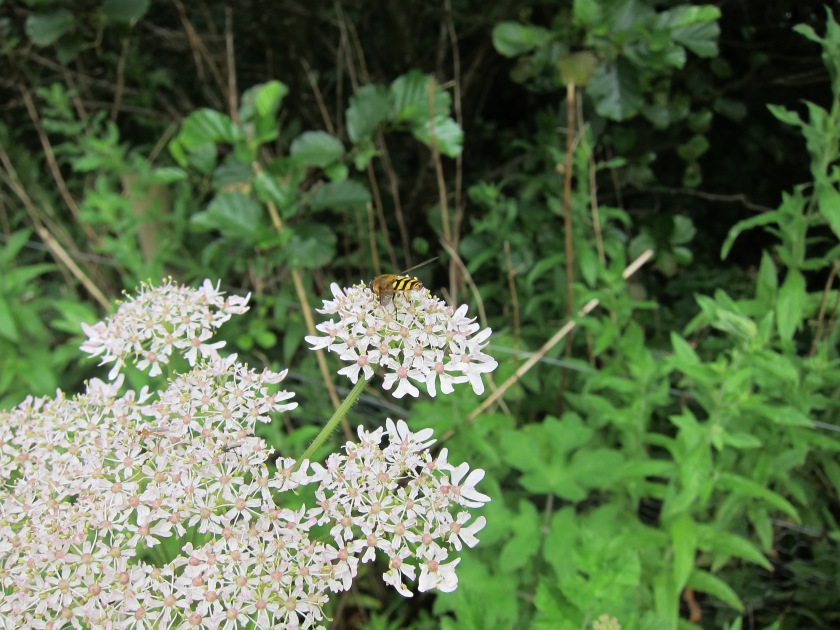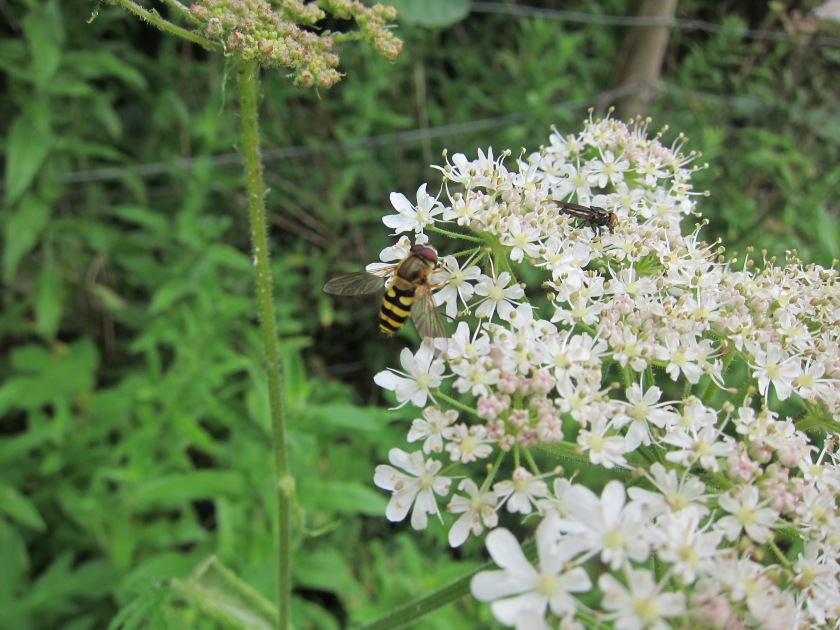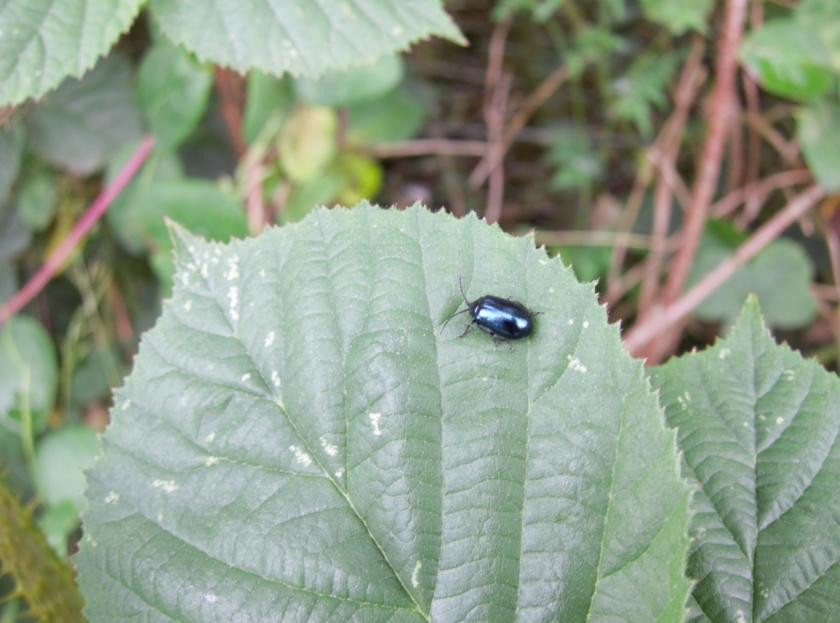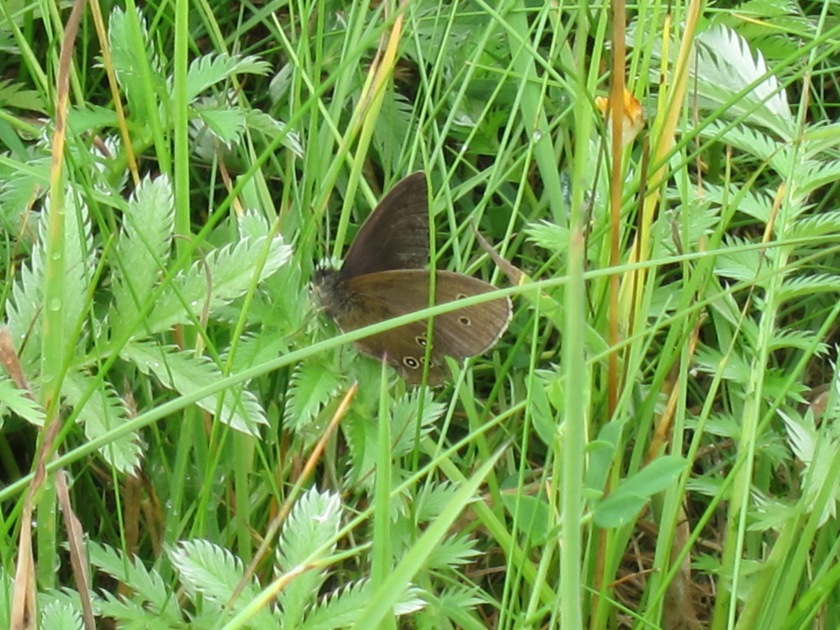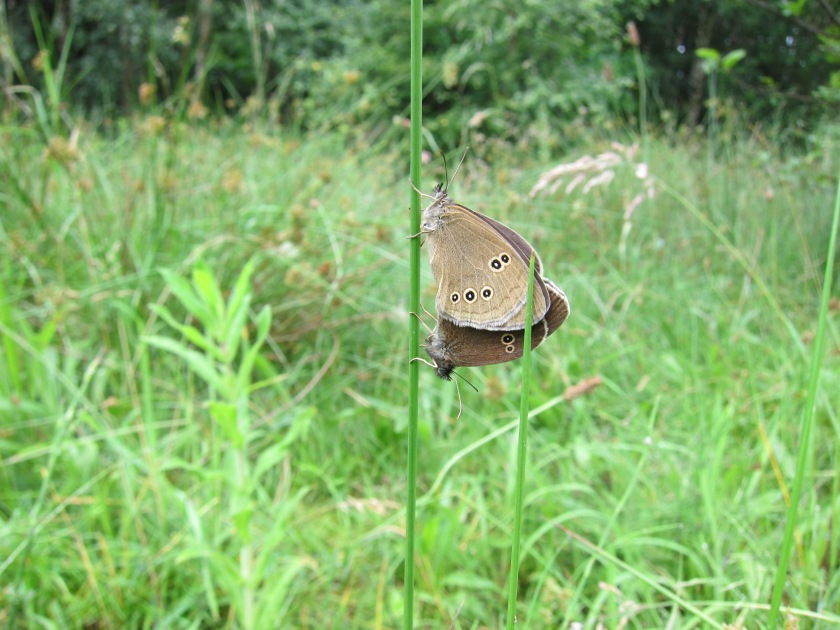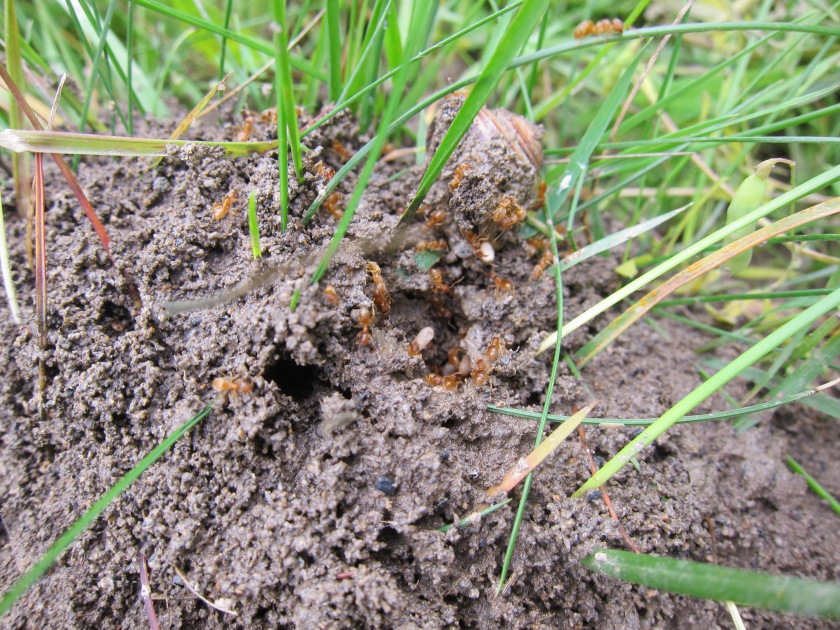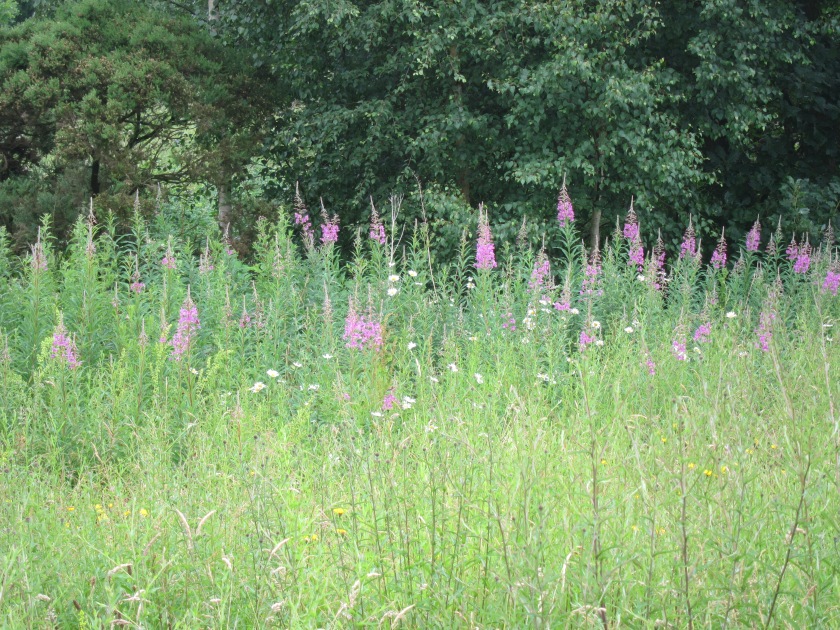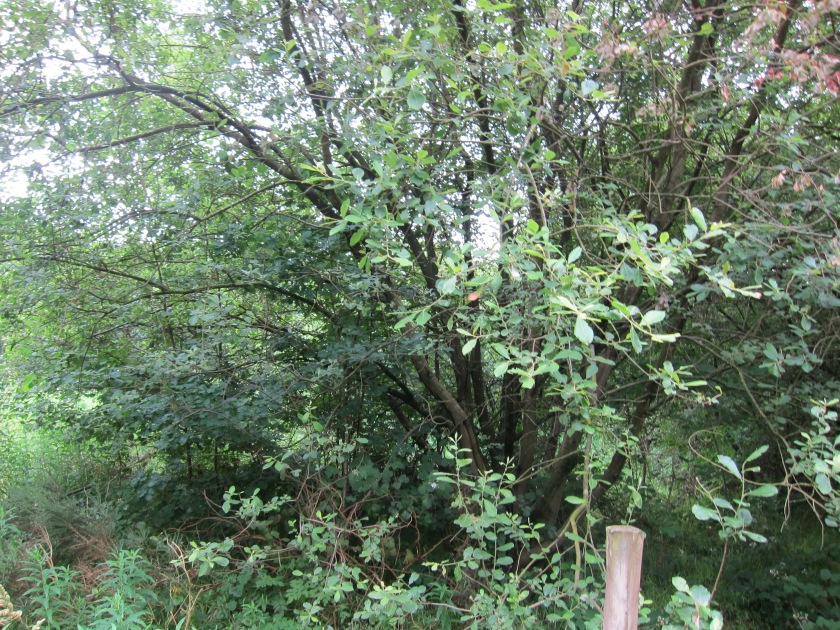We went up to Apedale in the afternoon, the weather was cool, with lots of grey cloud but some sunny spells. It was really different to the last few days which were really freezing and snowy. There was still some tiny bits of snow on the ground in sheltered places:
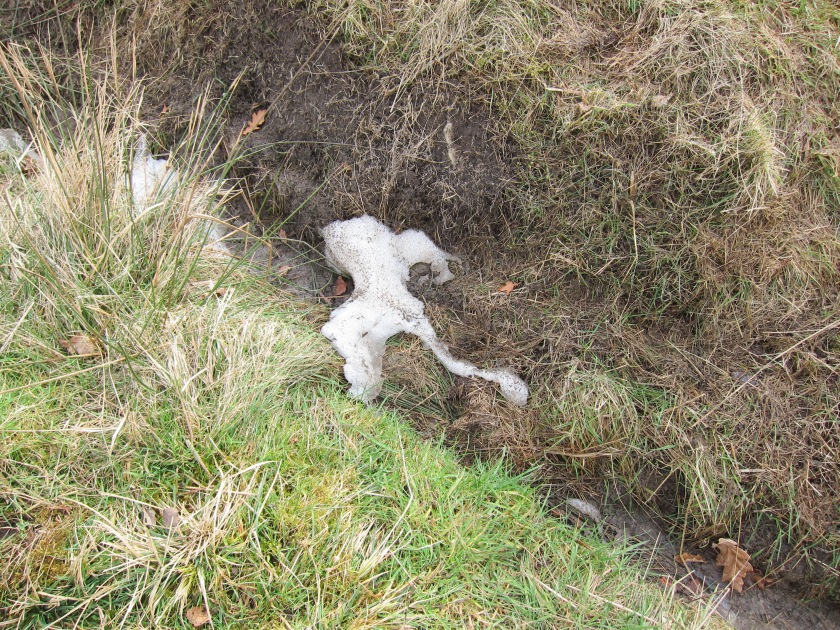
There was plenty of evidence of rabbits:
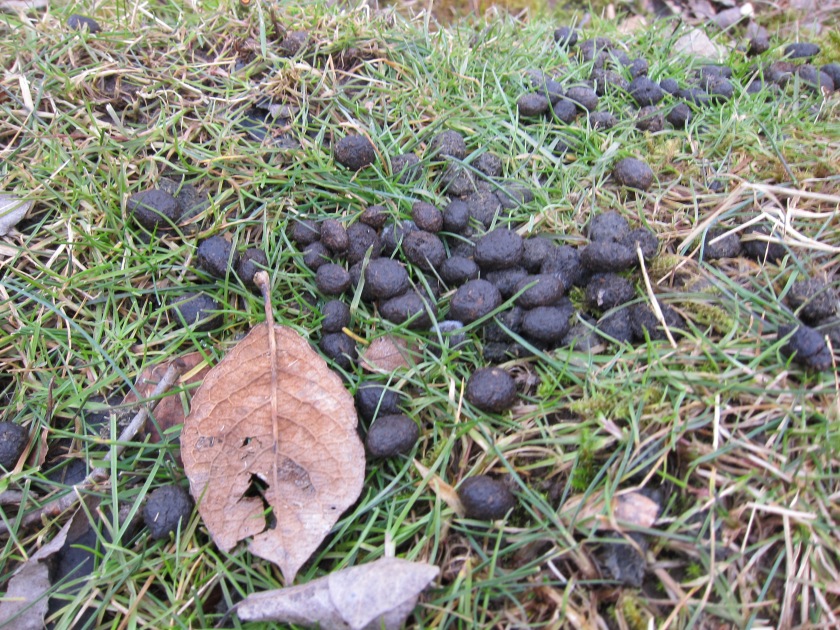
Rabbits eat about 80% of their own droppings to make their grazing more efficient. This process of double digestion is called refection. There are loads of rabbit warrens at Apedale:


A rabbit warren can be up to 3 metres in depth and can cover a large area, with lots of entrances. The warren will contain nesting areas, living areas, bolt runs and emergency exits to escape from predators.
There were some volunteers working in the woods, thinning out some of the trees, so that the remaining trees can have the space to grow bigger. They have left the smaller branches and twigs on the ground, in piles, to provide shelter for wildlife.

The bluebells are putting up their leaves amongst the moss. It will be interesting to see when the bluebells start flowering this year.

And in spite of the snow, the first primroses have started to flower:

The wild primrose prefers damp places and heavy clay soils, which makes Apedale quite perfect for it. One of its main pollinators is the bee fly Bombylius major – we will make sure to watch out for them later in the month.
We looked at the Jelly Ear fungus again – it had gone over and looked really floppy and dead:

This elder was absolutely covered in Jelly Ear – elder is one of its preferred habitats:

In Watermill wood we noticed, for the first time, how very mossy this tree is:

It rarely gets any sun and its branches are covered in thick velvety green growth. We think this is a sycamore tree – but we will check in the spring and summer.
Another sign of summer, are the buds of leaves opening on the hawthorn.

Hawthorn is a very common tree, but so important to wildlife, as the Woodland Trust’s website tells us:
Common hawthorn can support more than 300 insects. It is the foodplant for caterpillars of many moths, including the hawthorn, orchard ermine, pear leaf blister, rhomboid tortrix, light emerald, lackey, vapourer, fruitlet mining tortrix, small eggar and lappet moths. Its flowers are eaten by dormice and provide nectar and pollen for bees and other pollinating insects. The haws are rich in antioxidants and are eaten by many migrating birds such as redwings, fieldfares and thrushes, as well as small mammals.
The dense thorny foliage makes fantastic nesting shelter for many species of bird.
The birds were very busy – we heard green woodpecker(s) several times, and jays too. There was a buzzard flying around and there were loads of blue tits very busy in the trees.
This great tit was making a huge racket with his territorial call.

You can listen to the call on the RSPB site. As we walked down the hill back to the car park, there was another great tit making the same call – obviously it’s the time of year to loudly shout about where you are! There’s a lovely video on the RSPB page of a great tit pecking at a tennis ball to get fibres to put in its nest:

